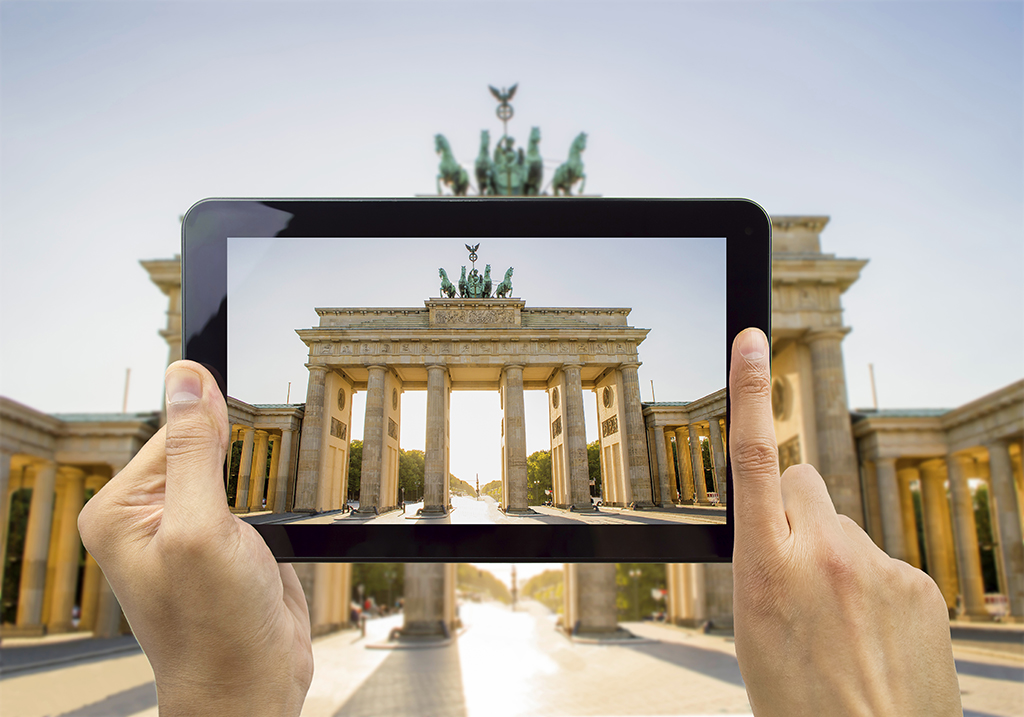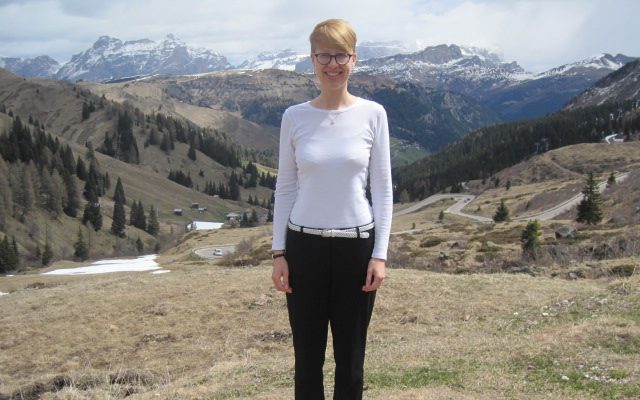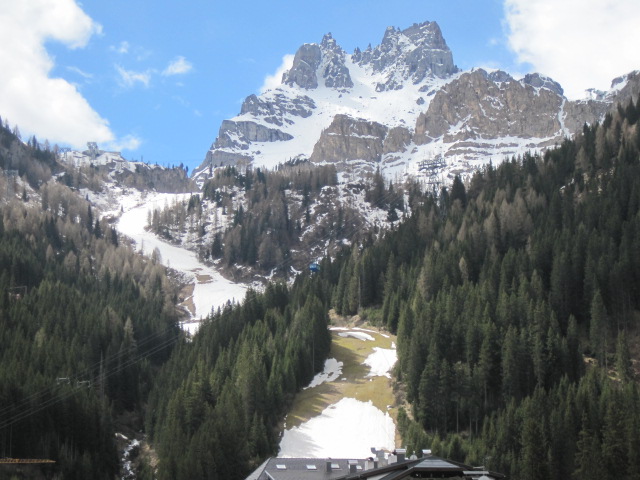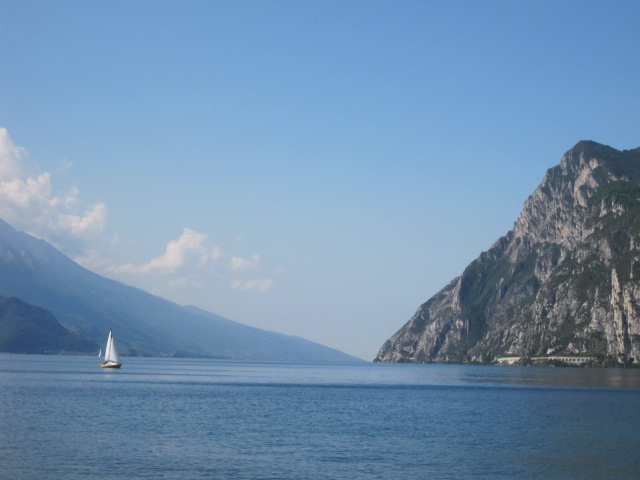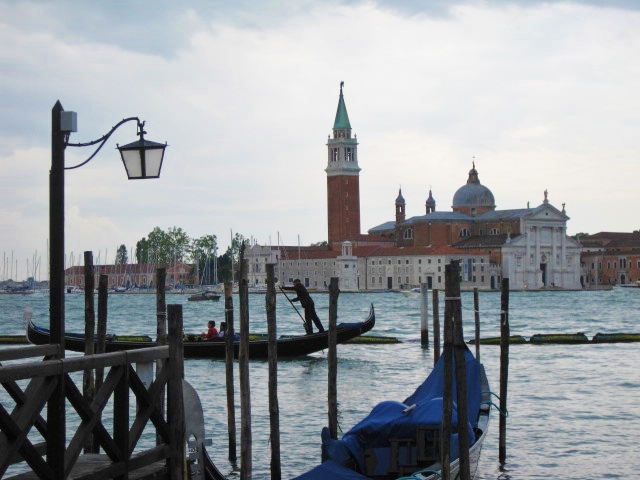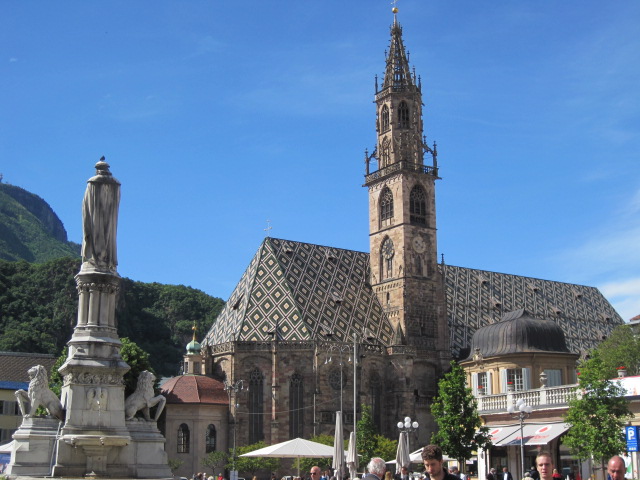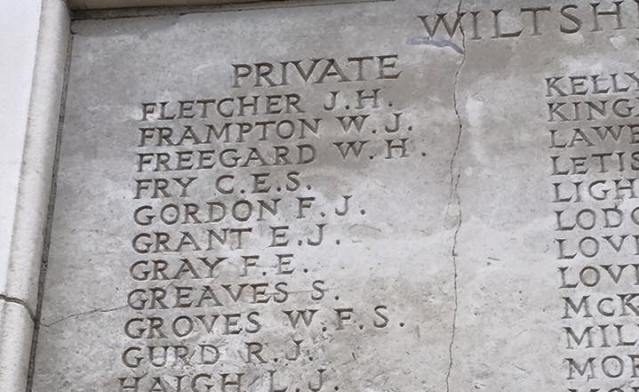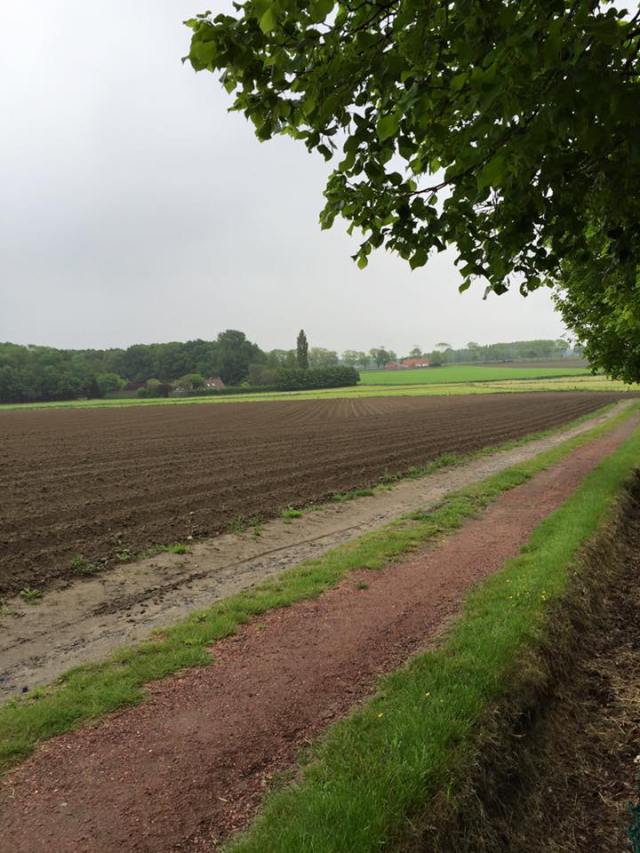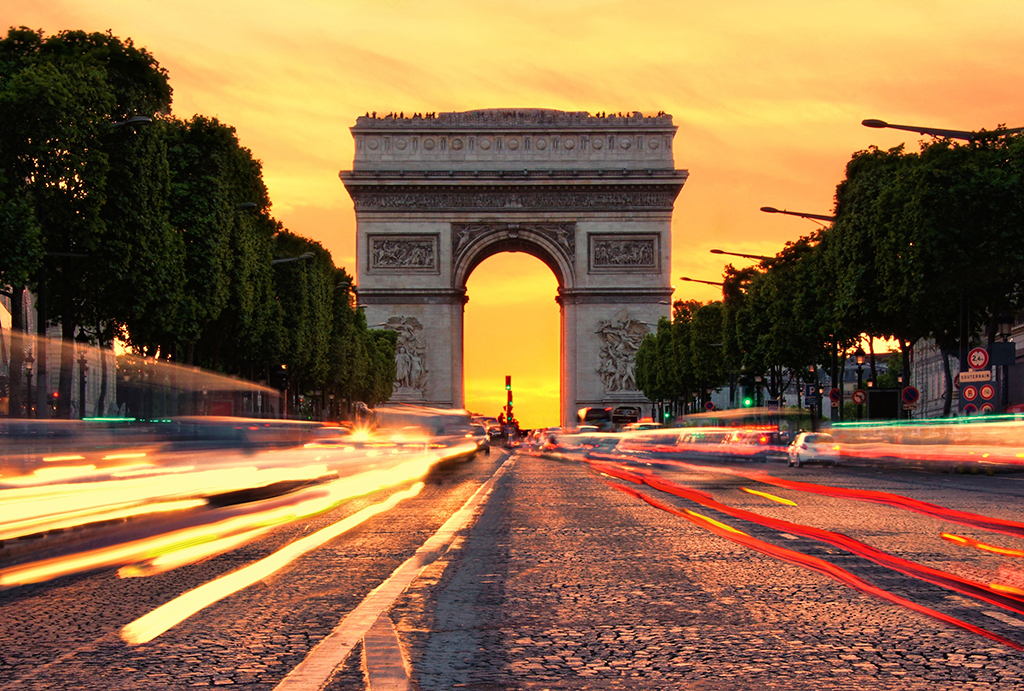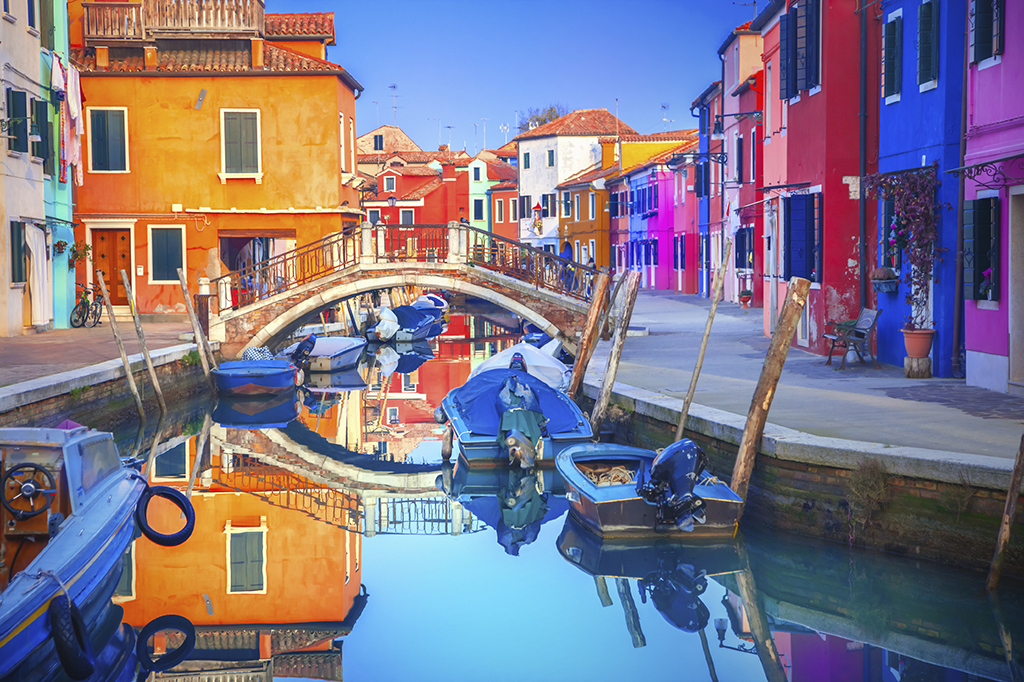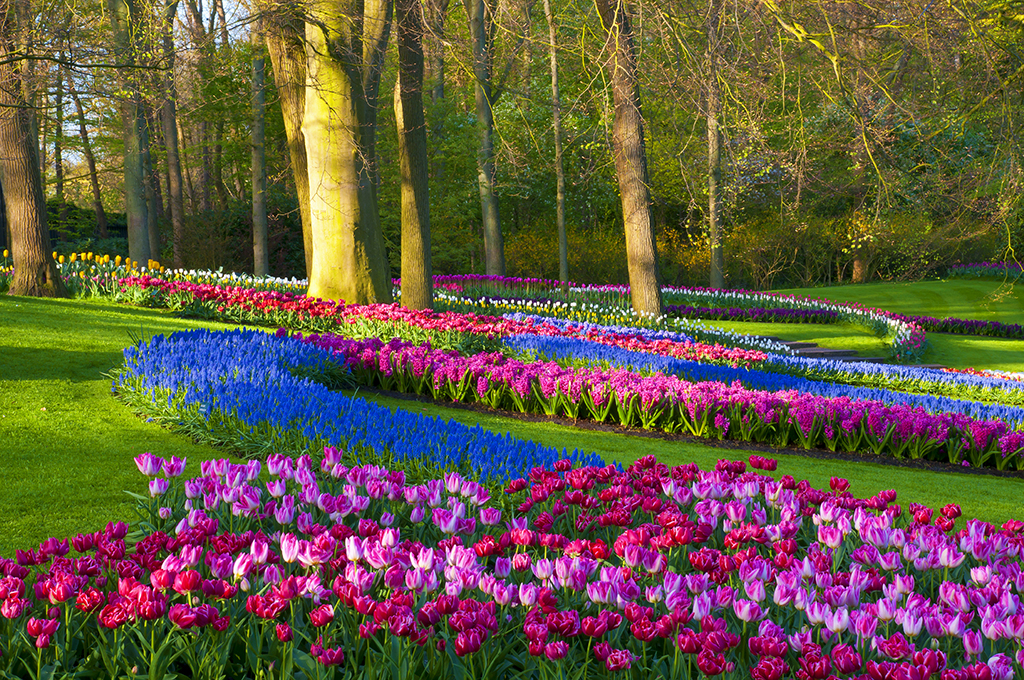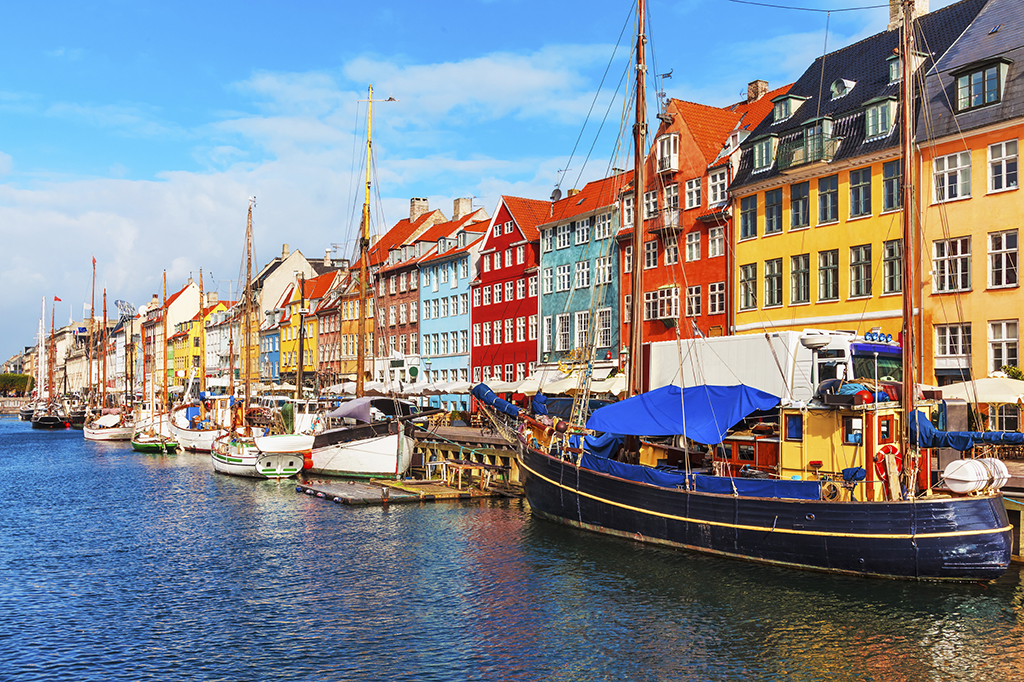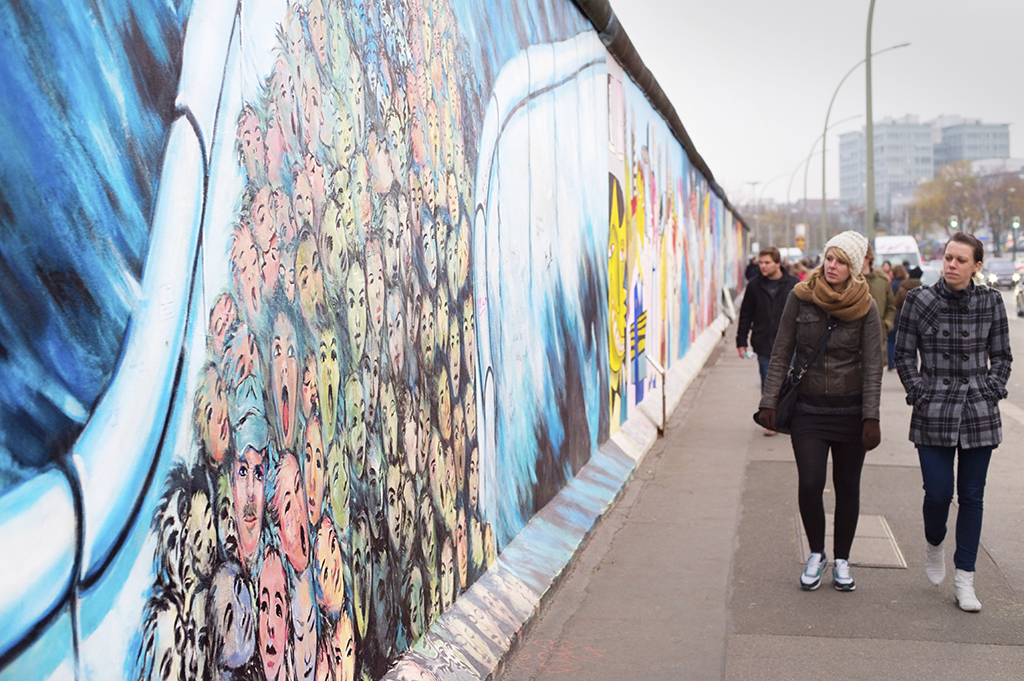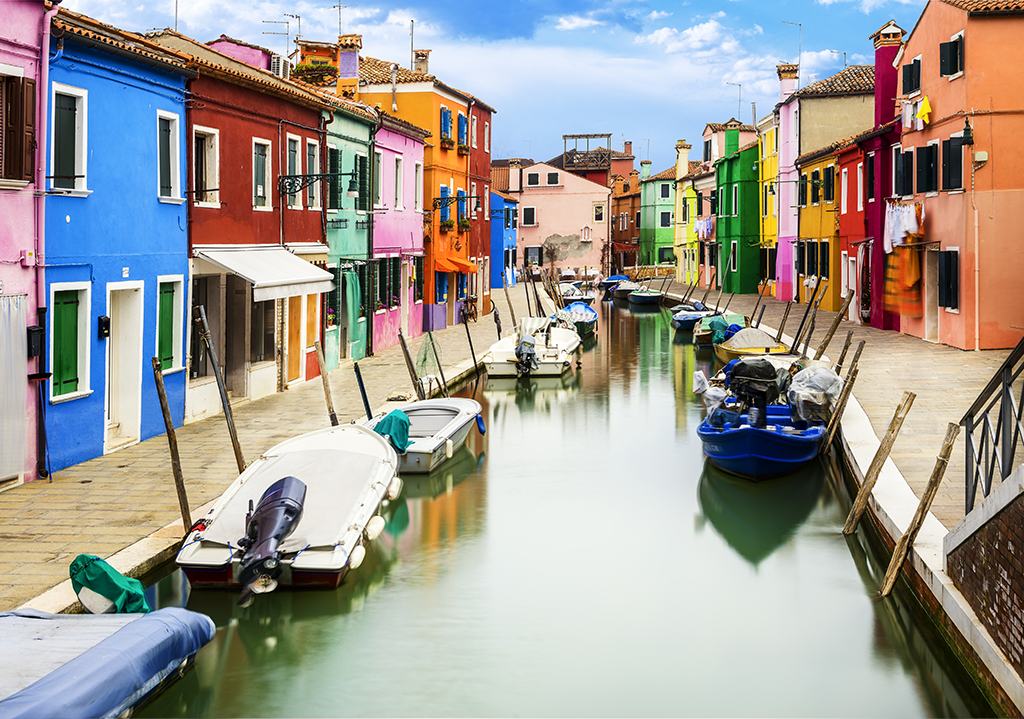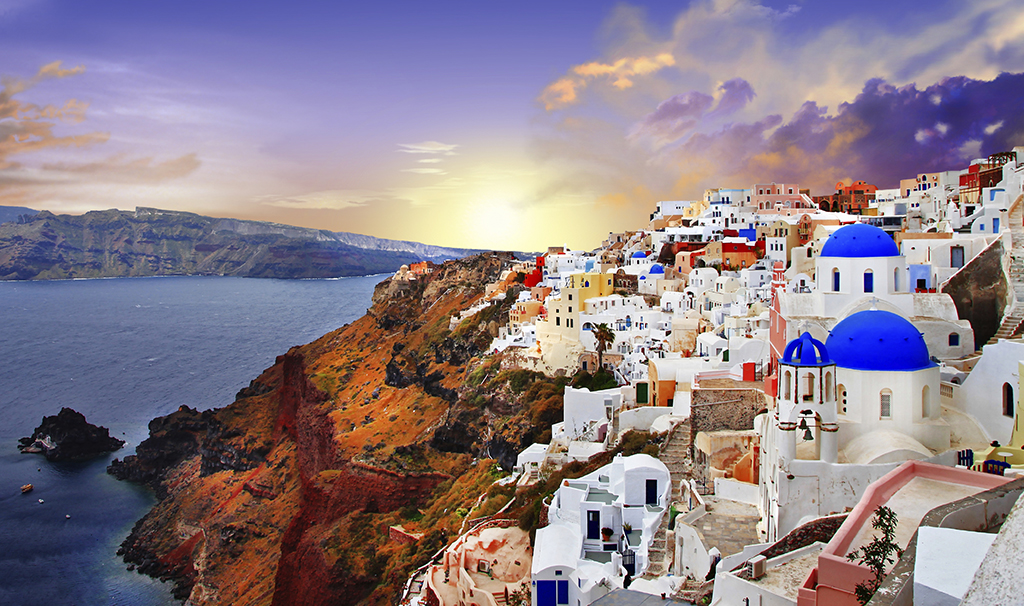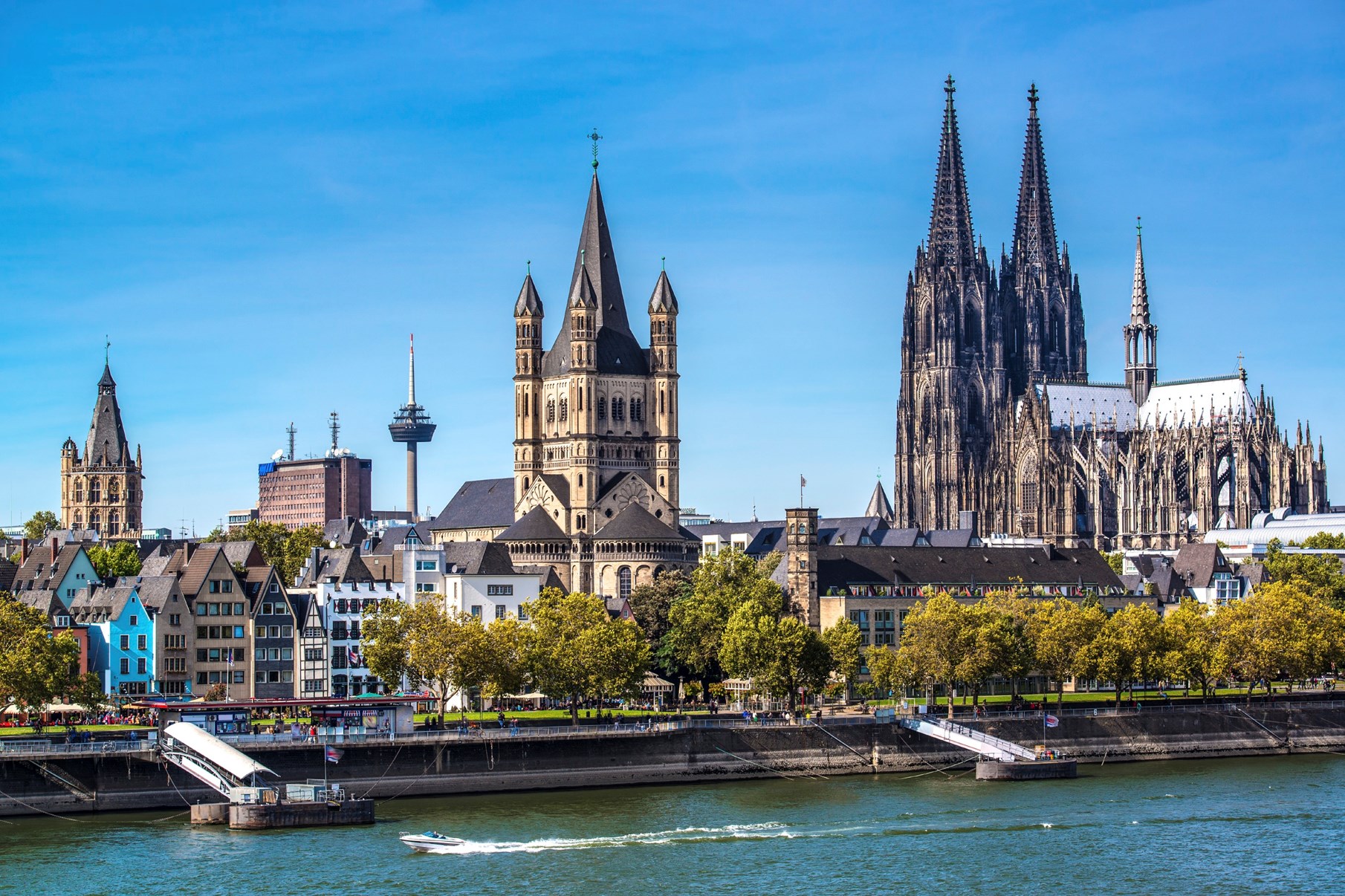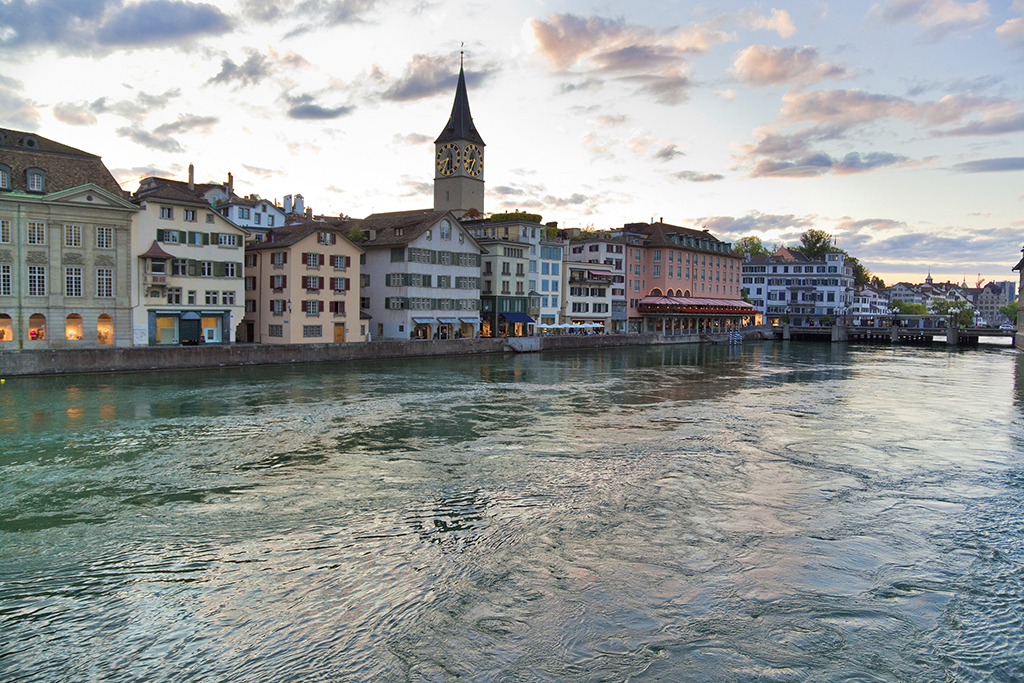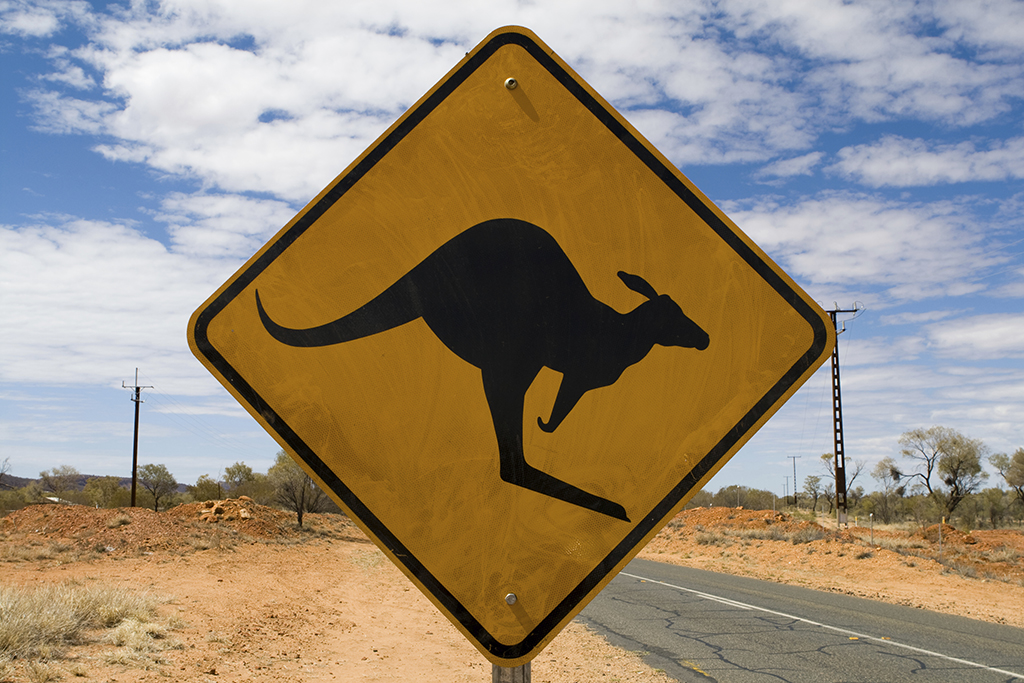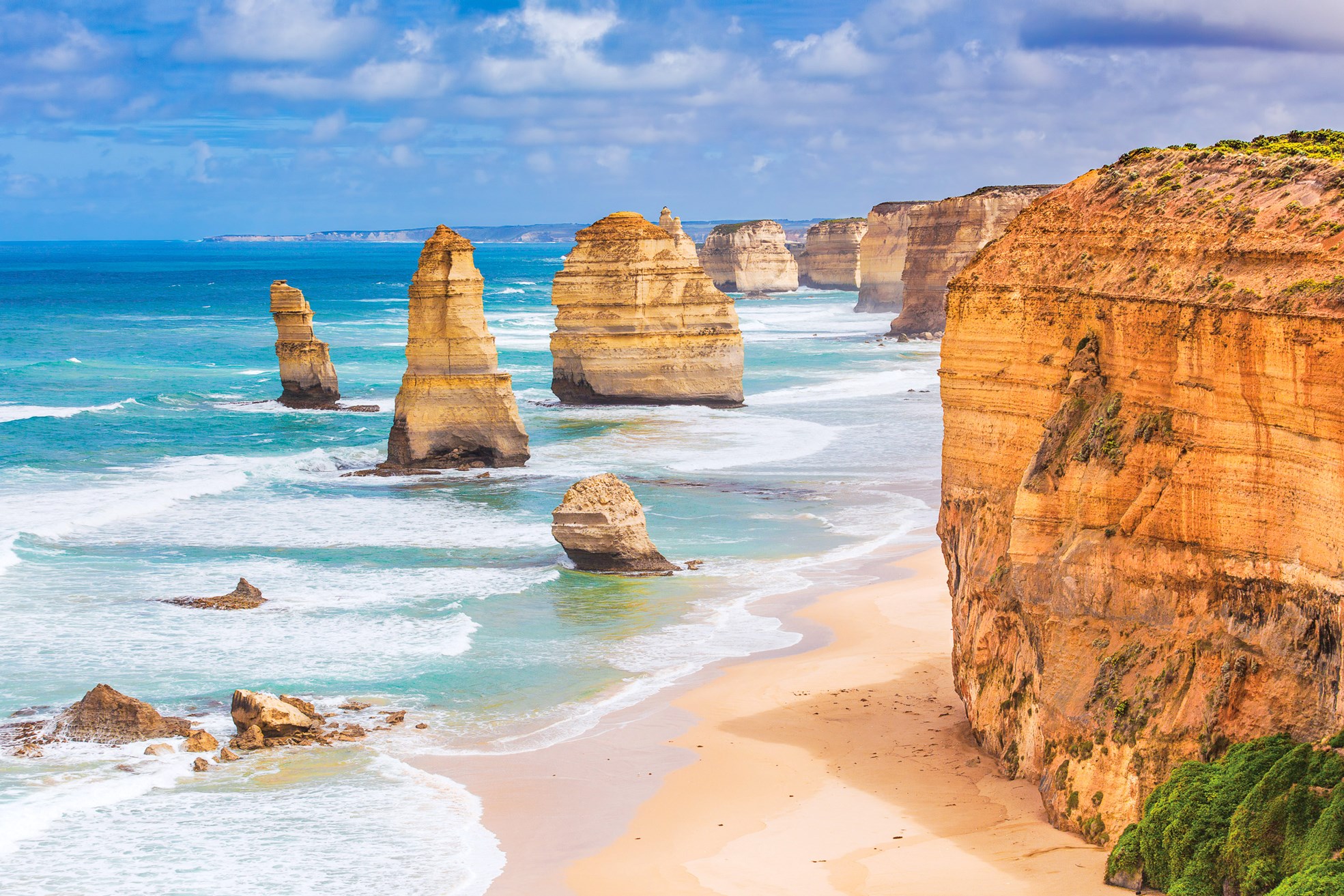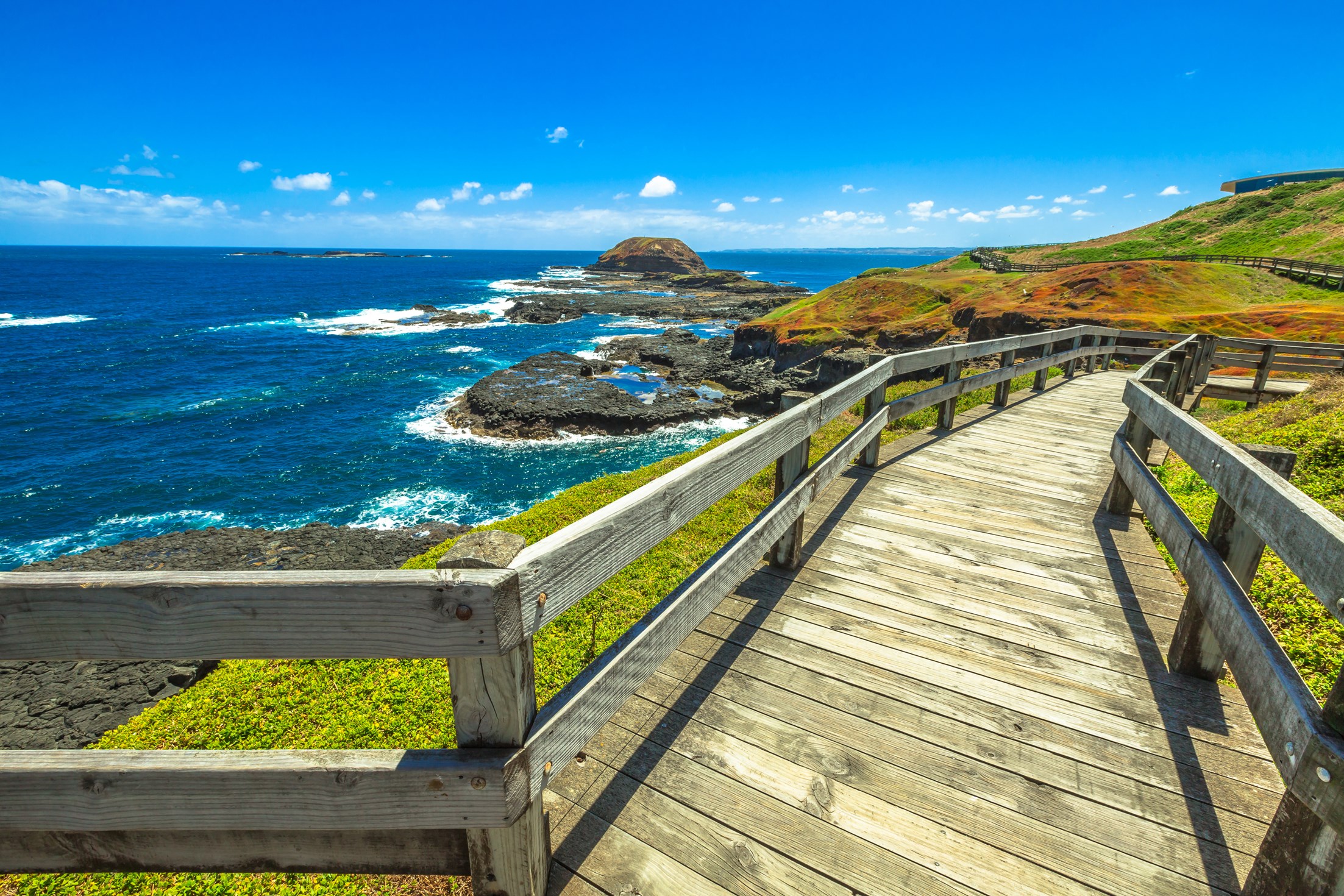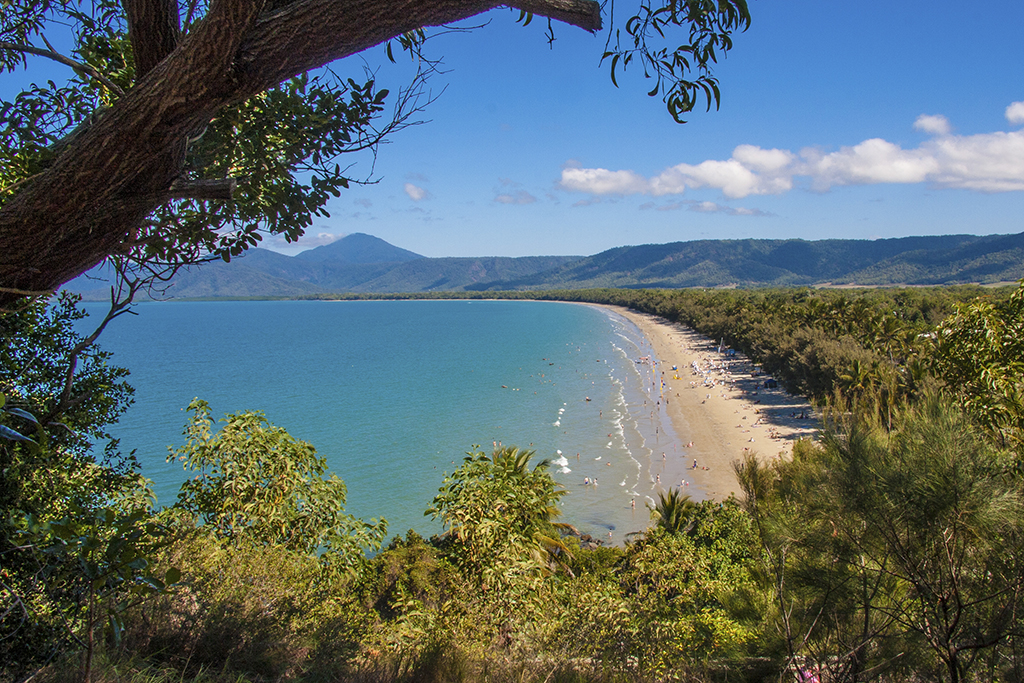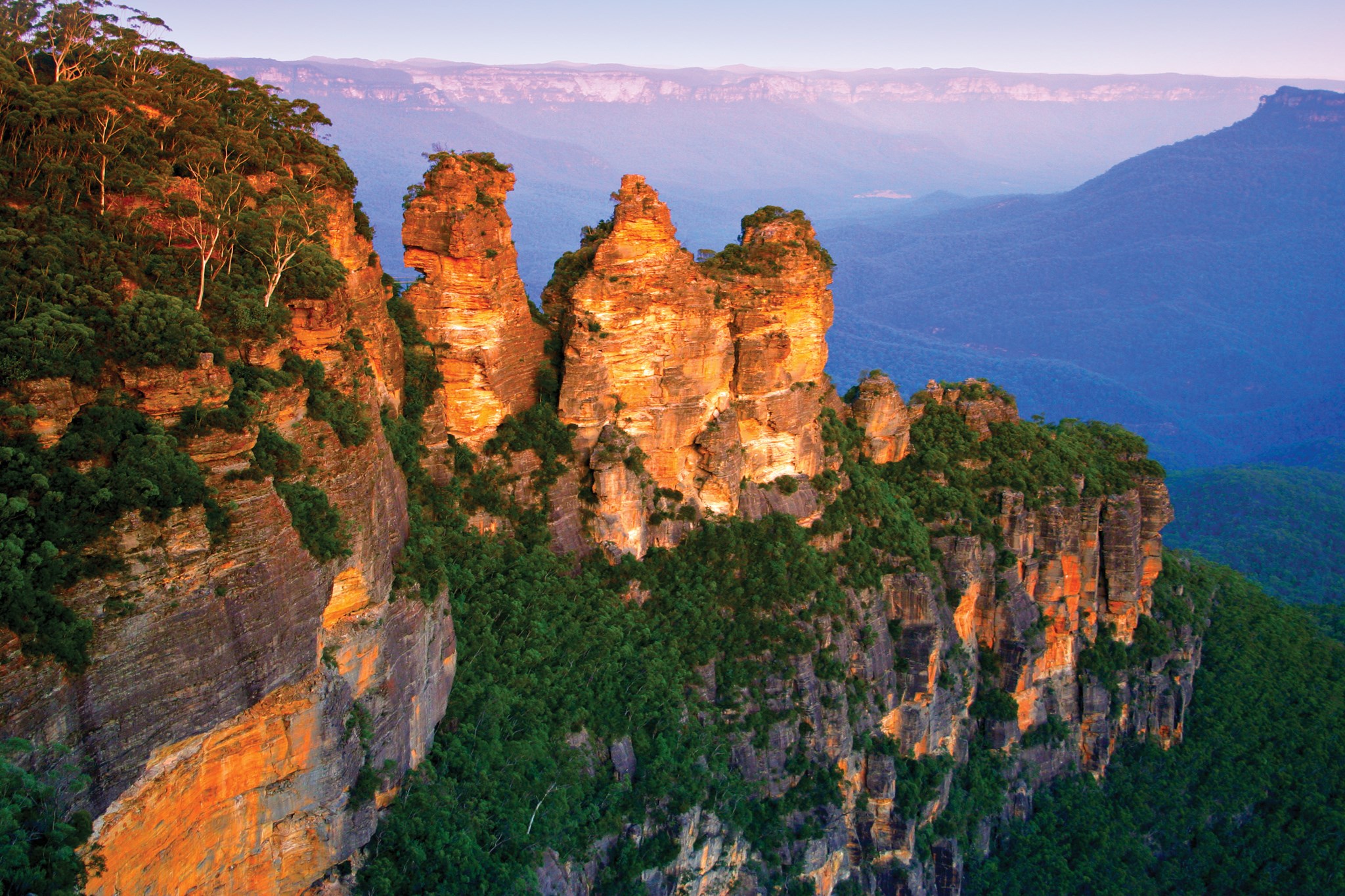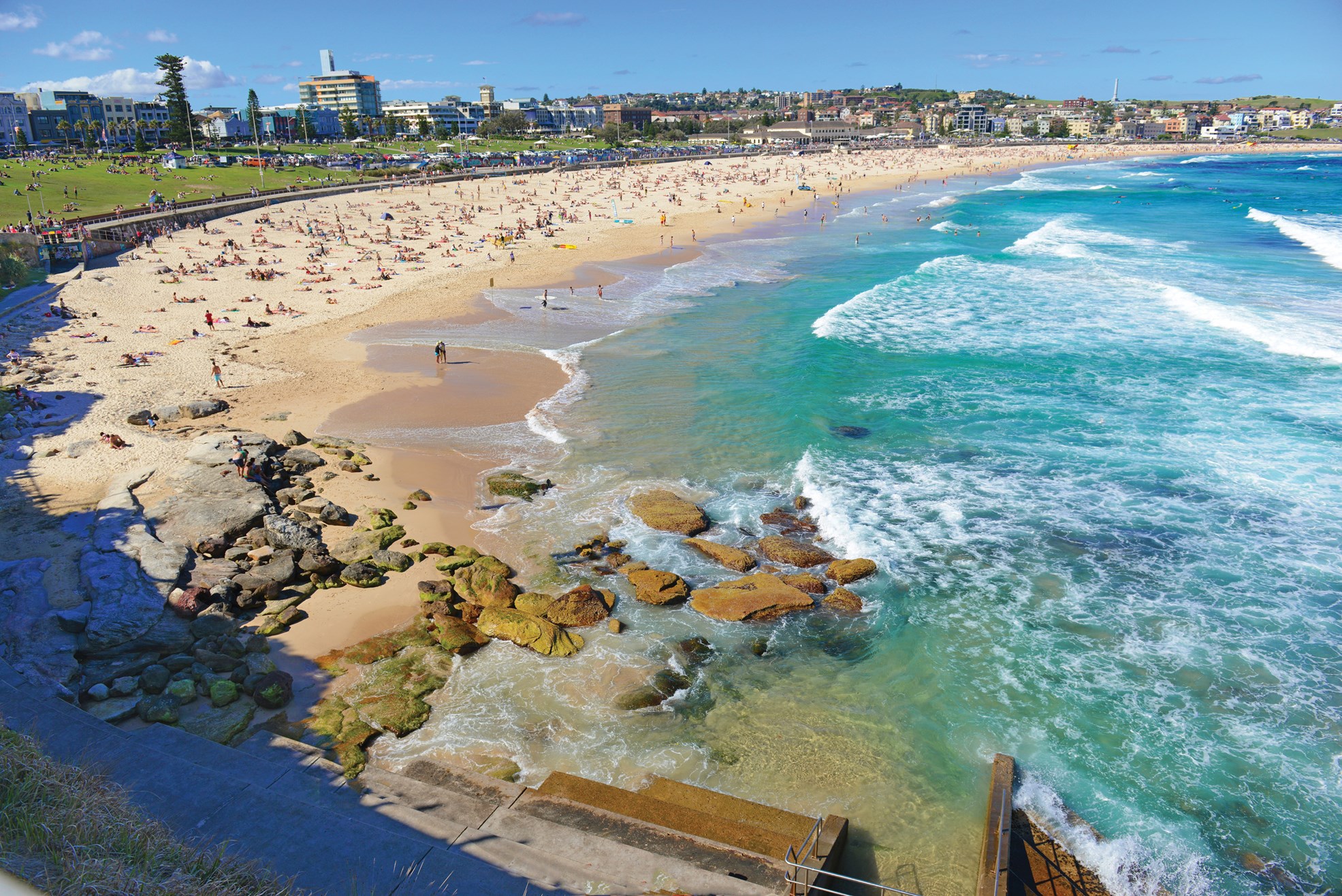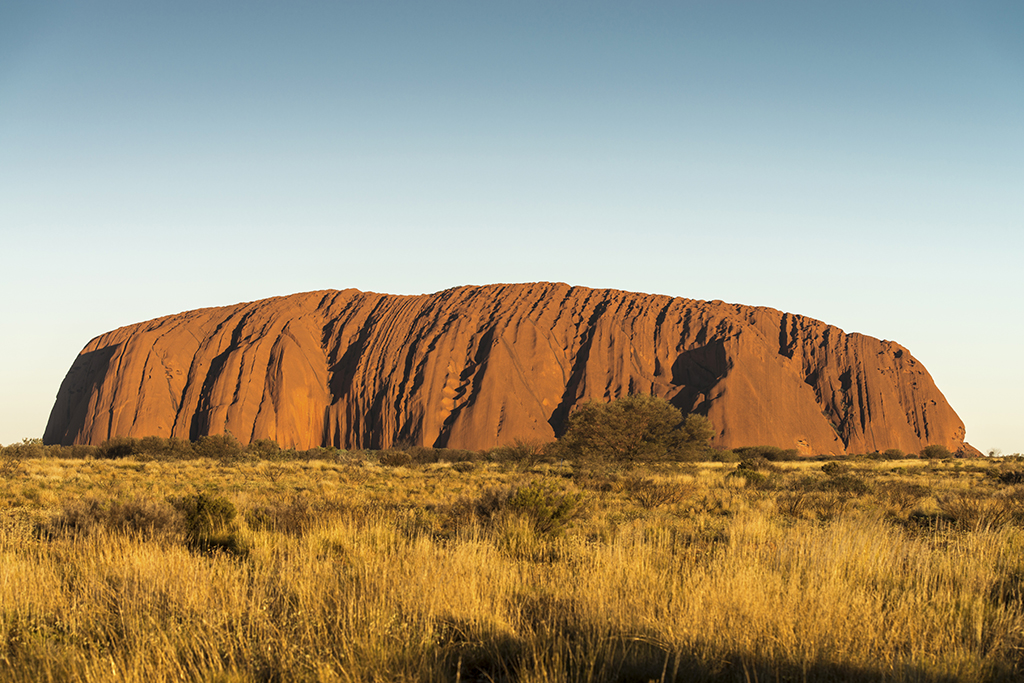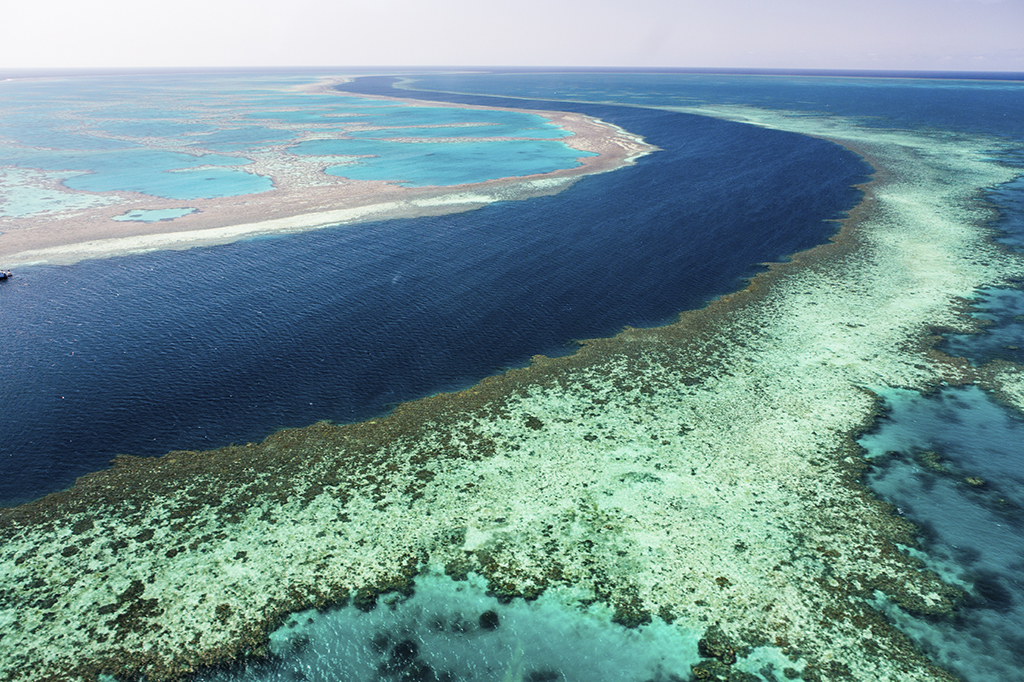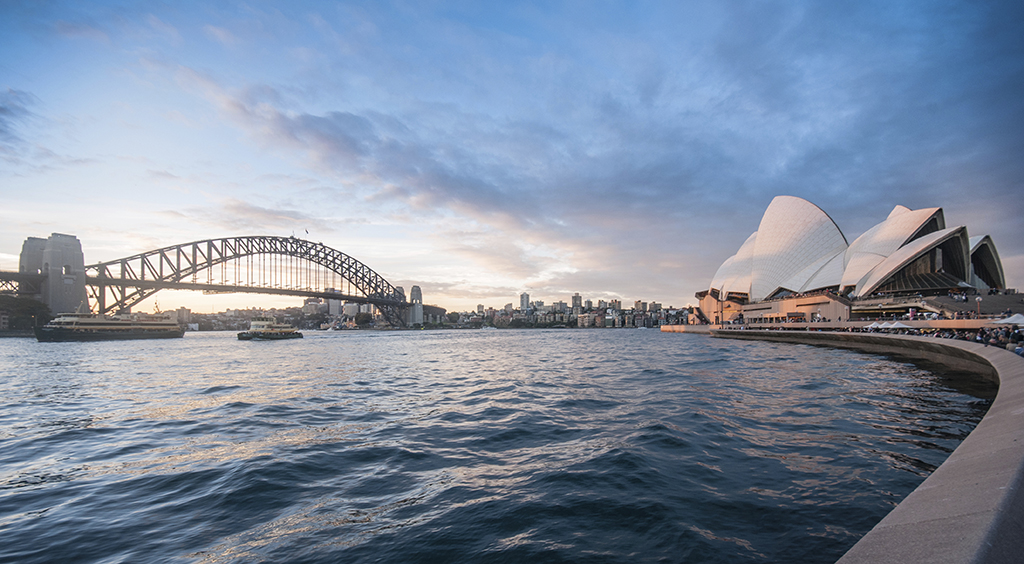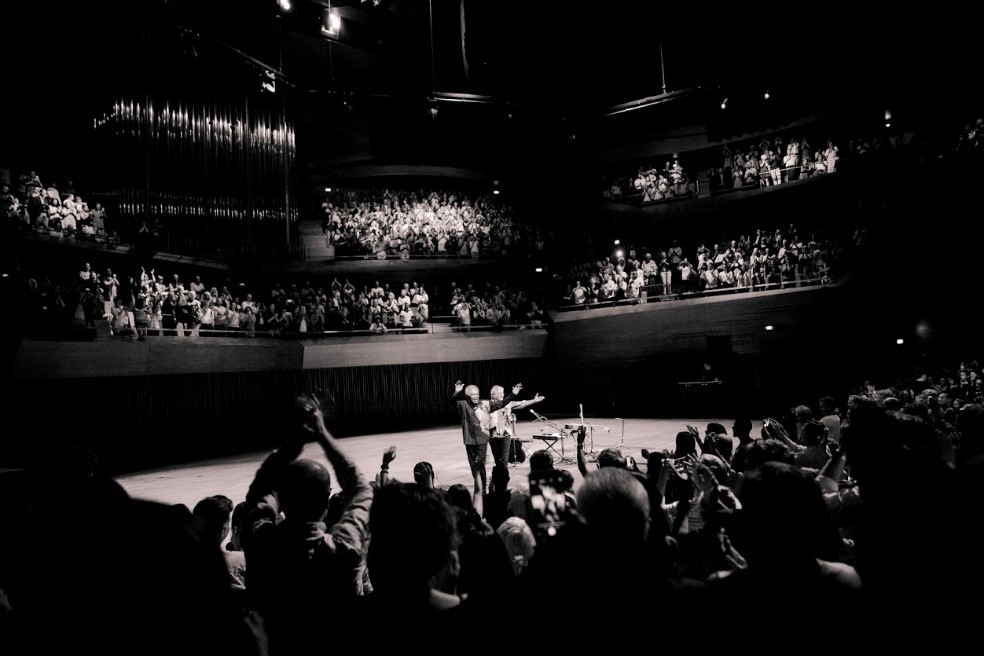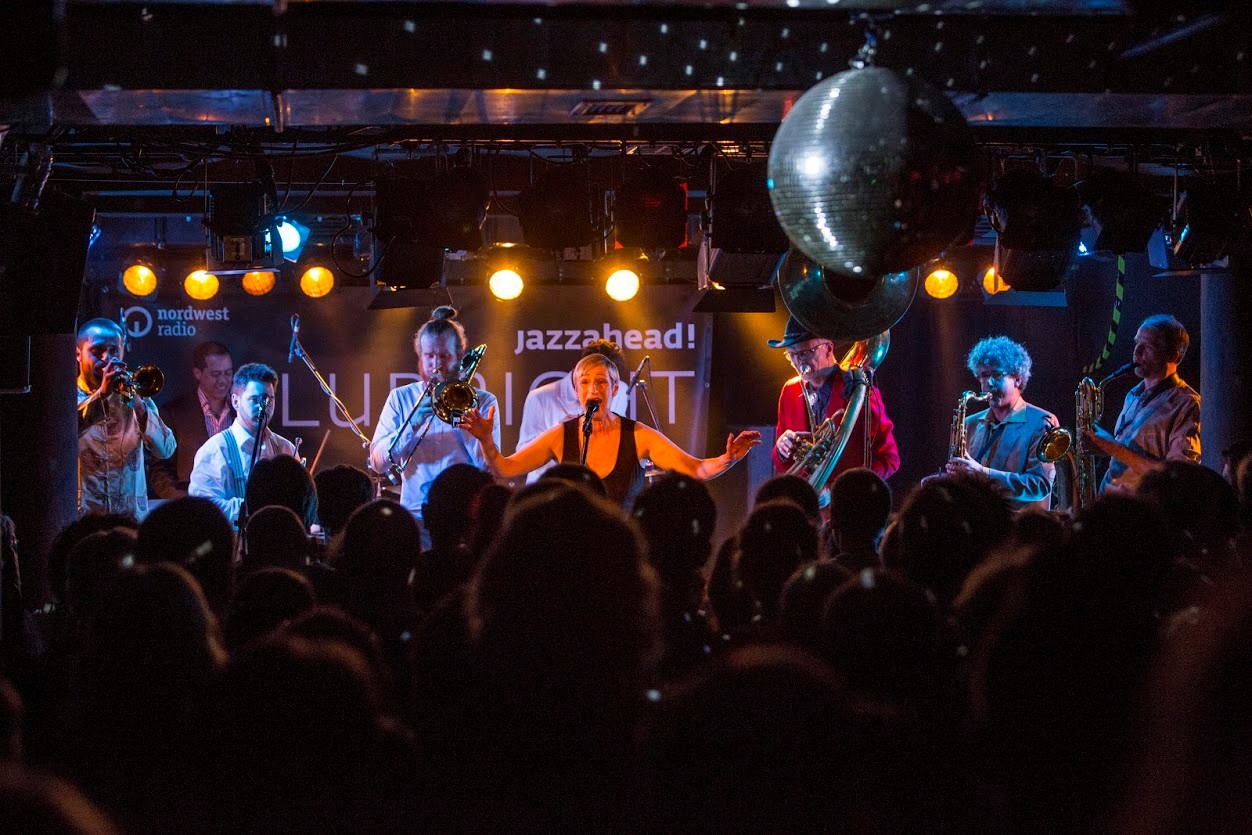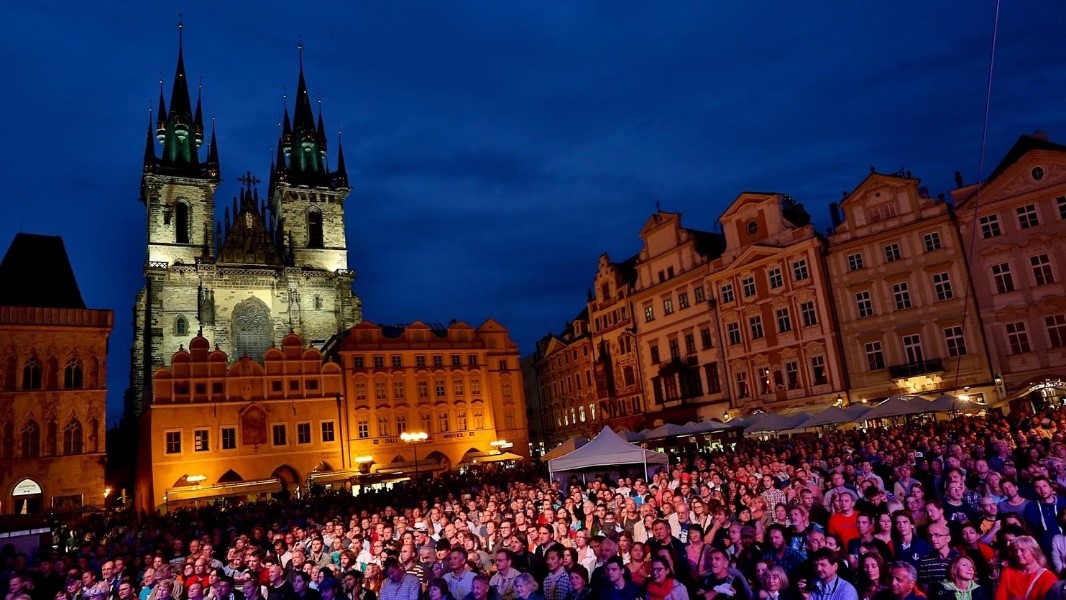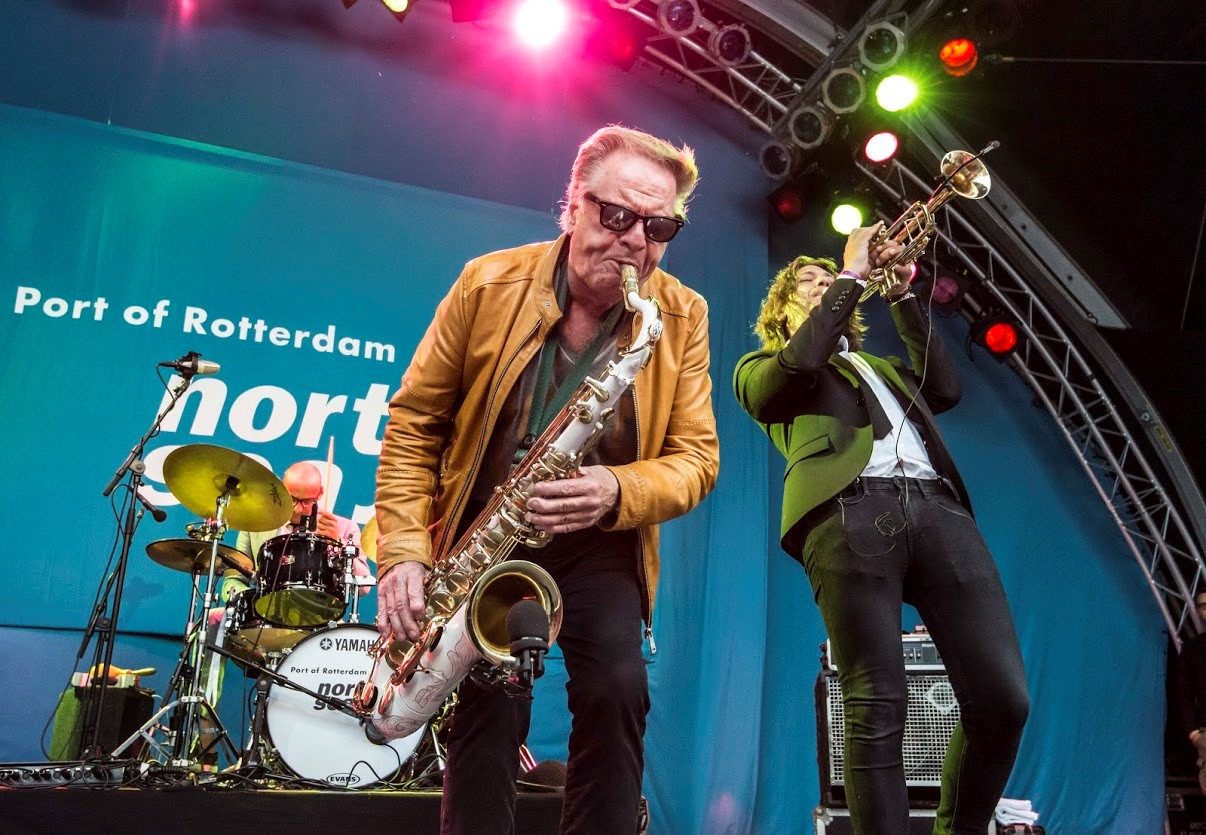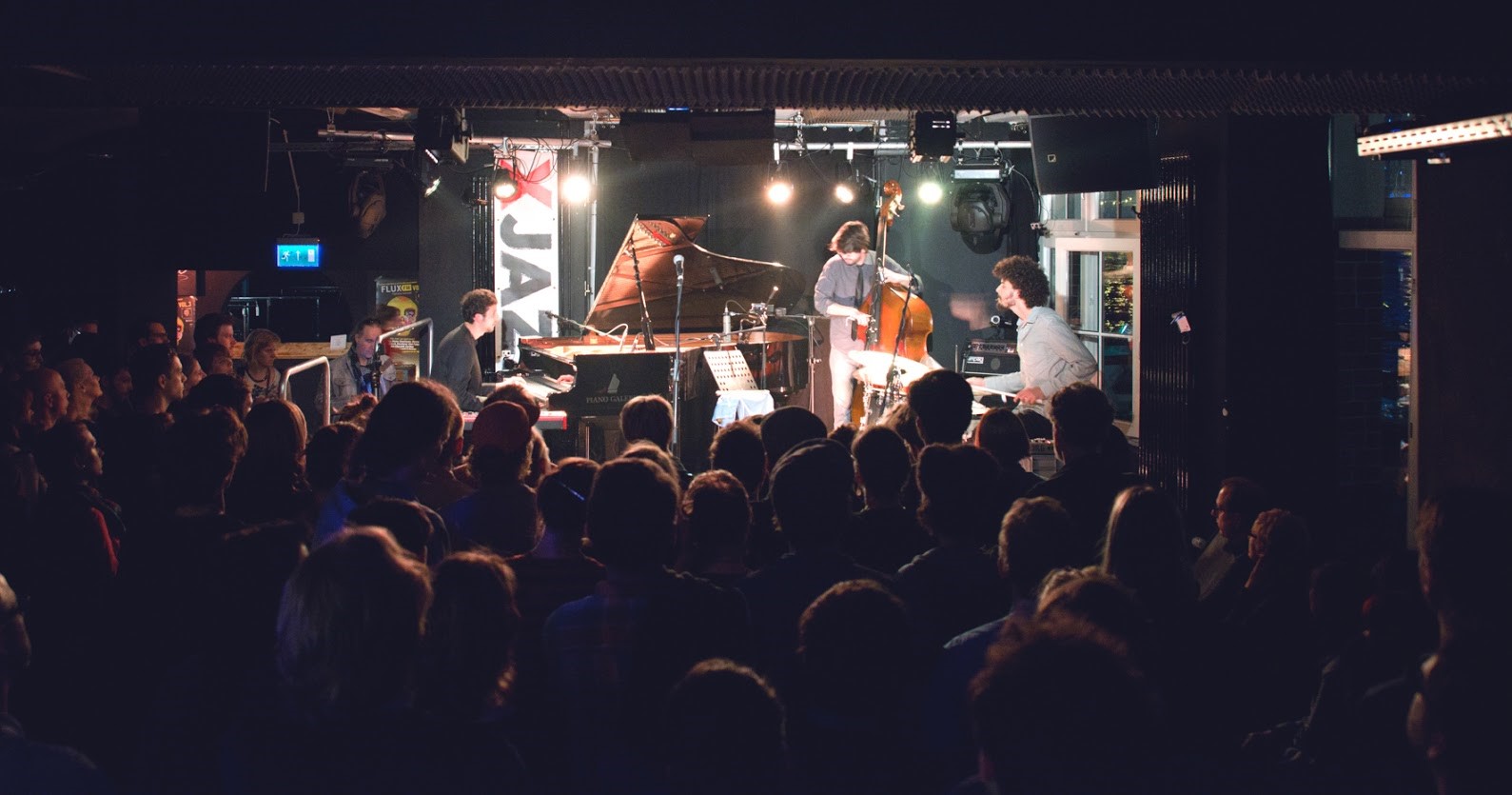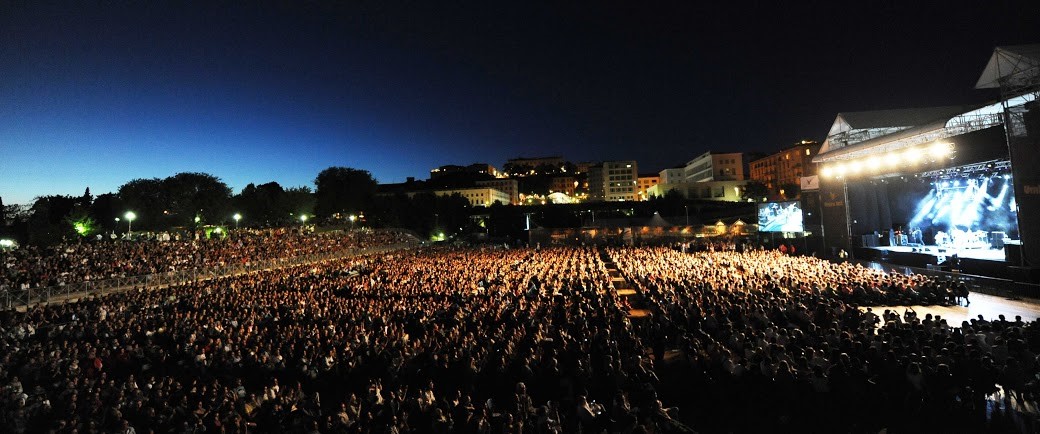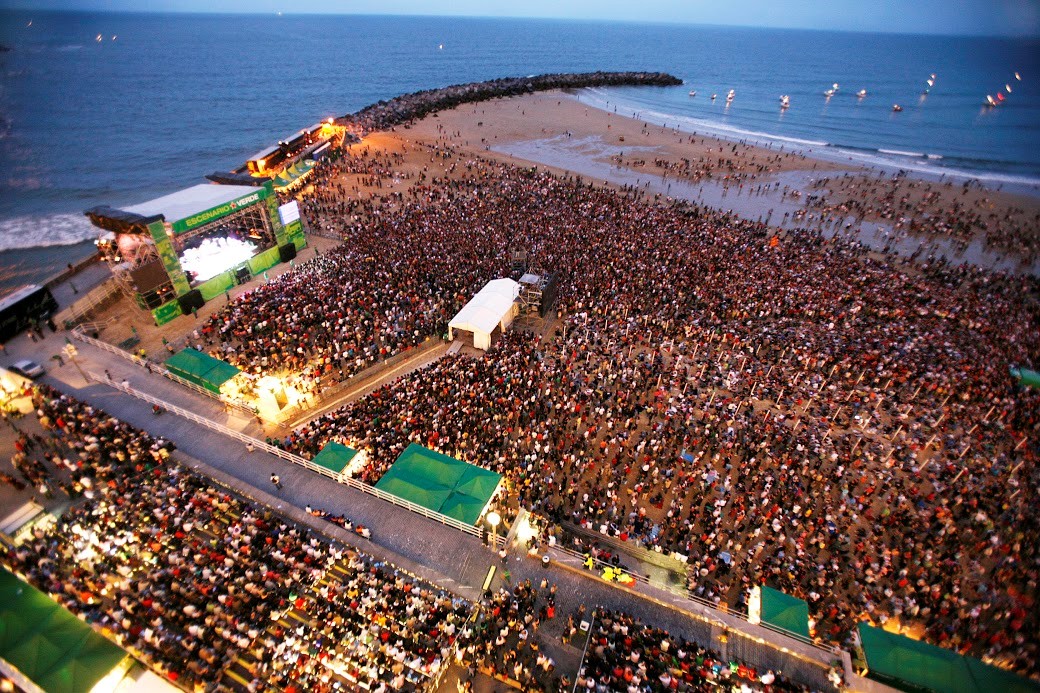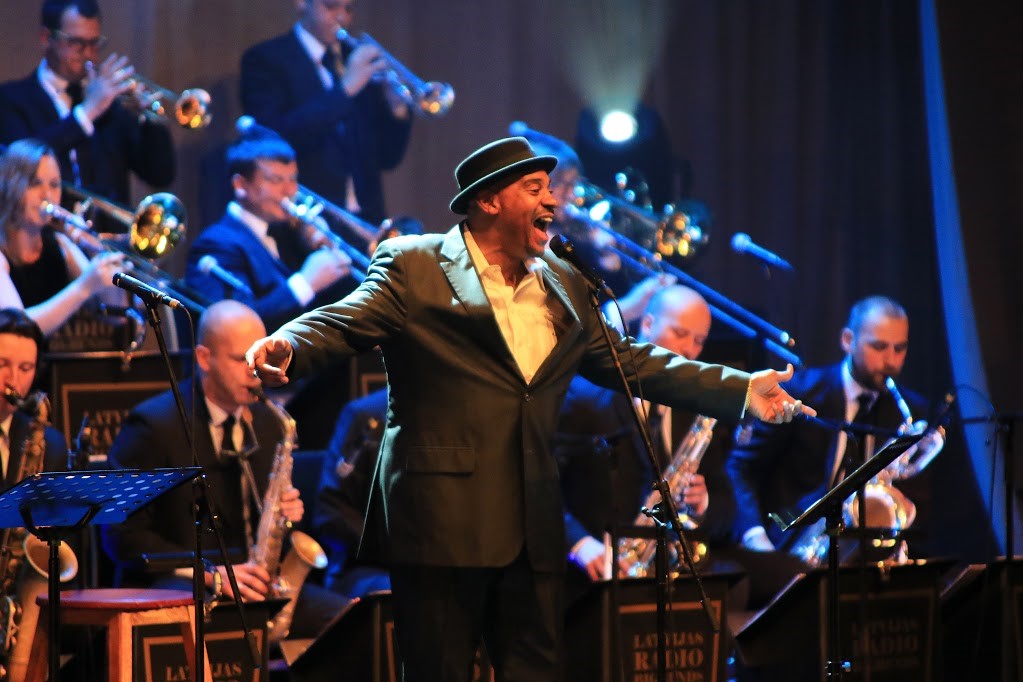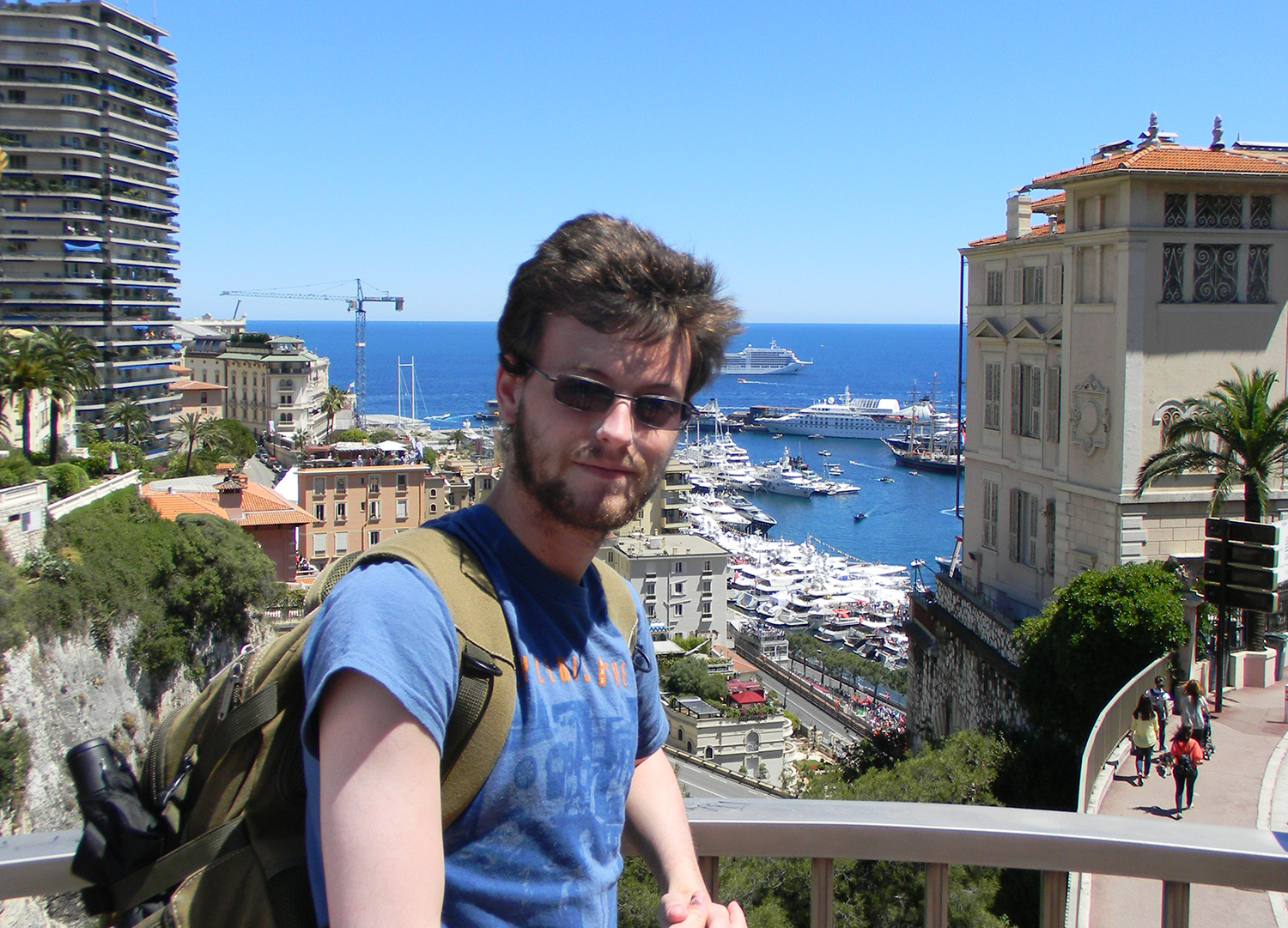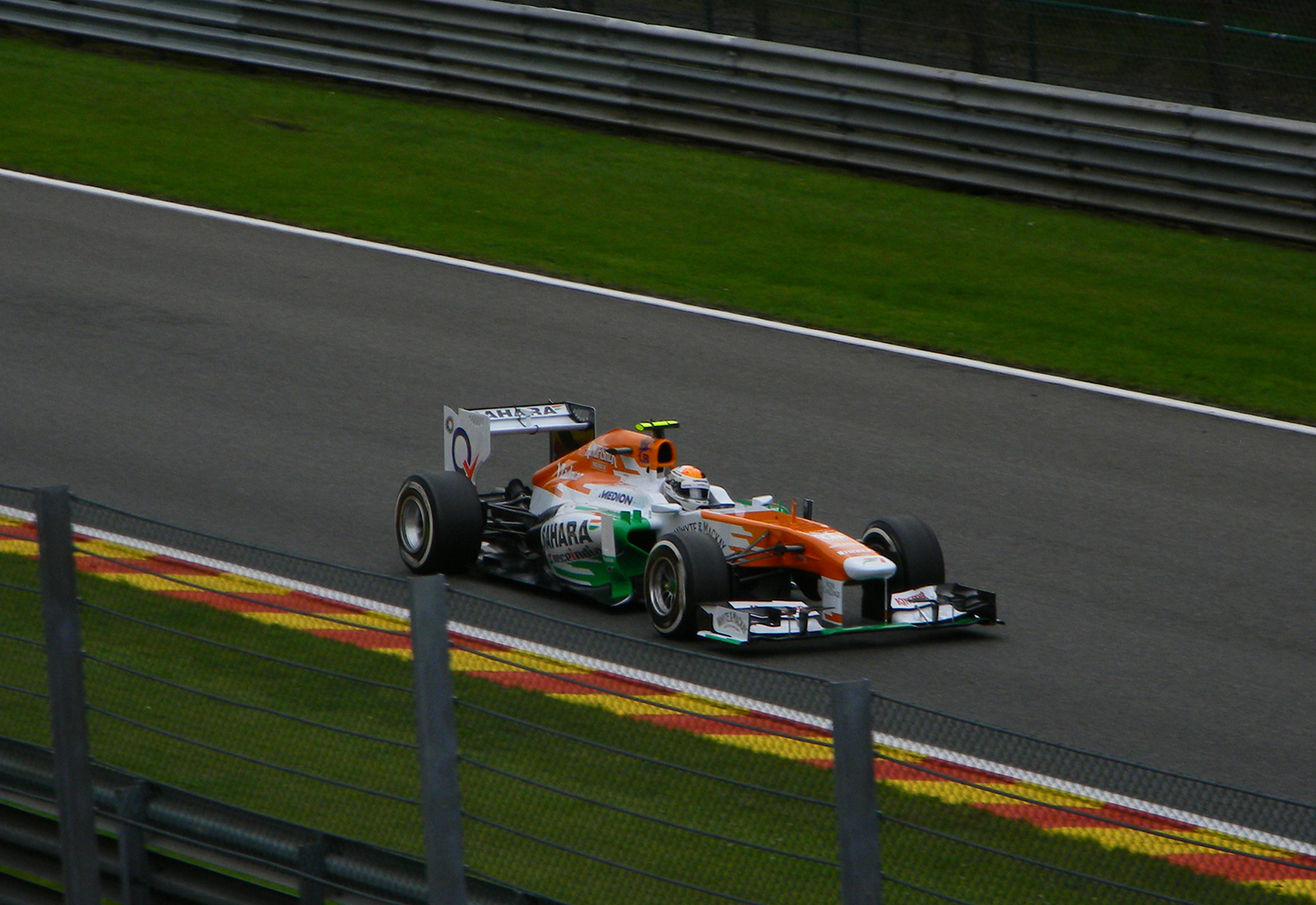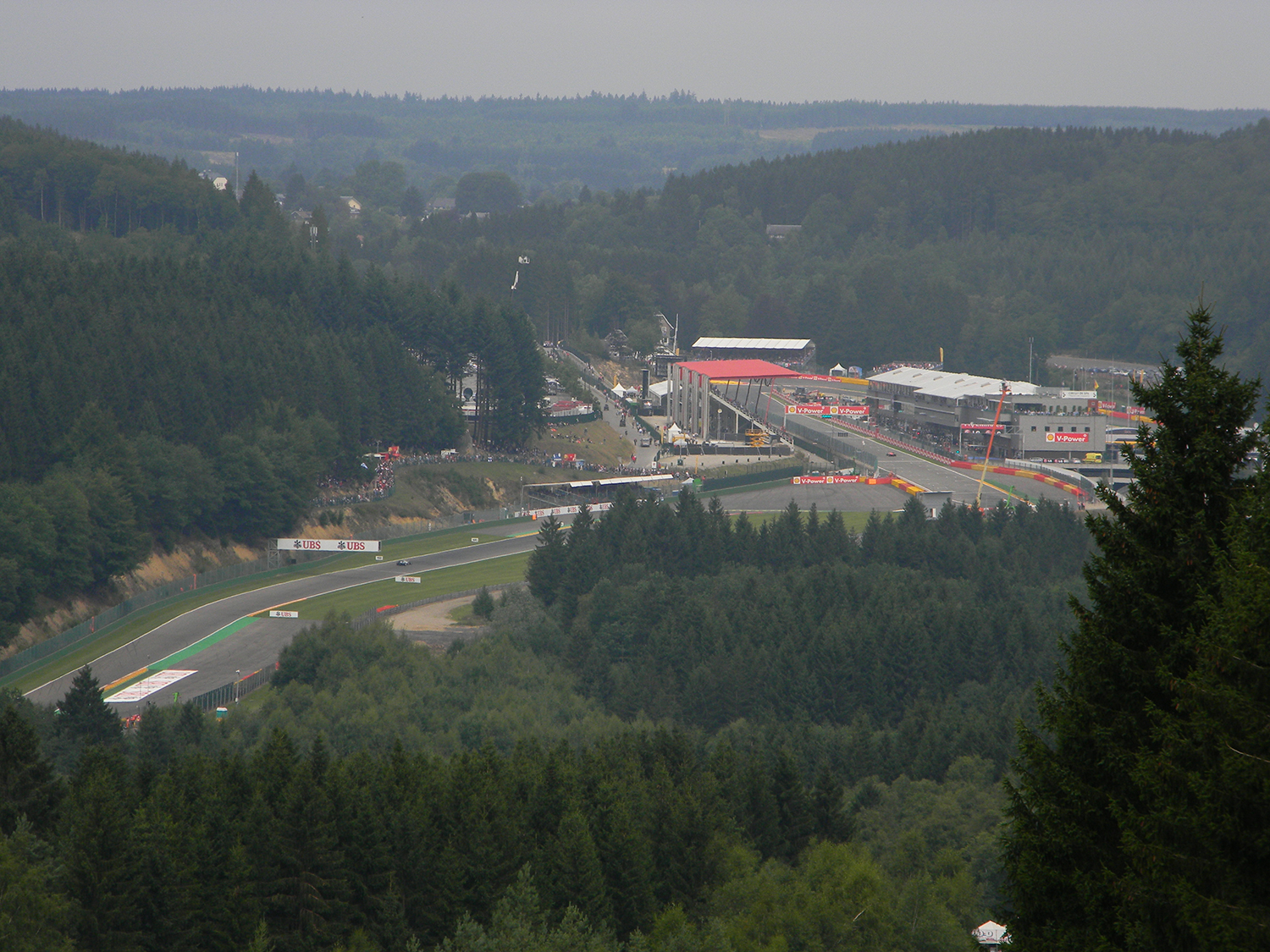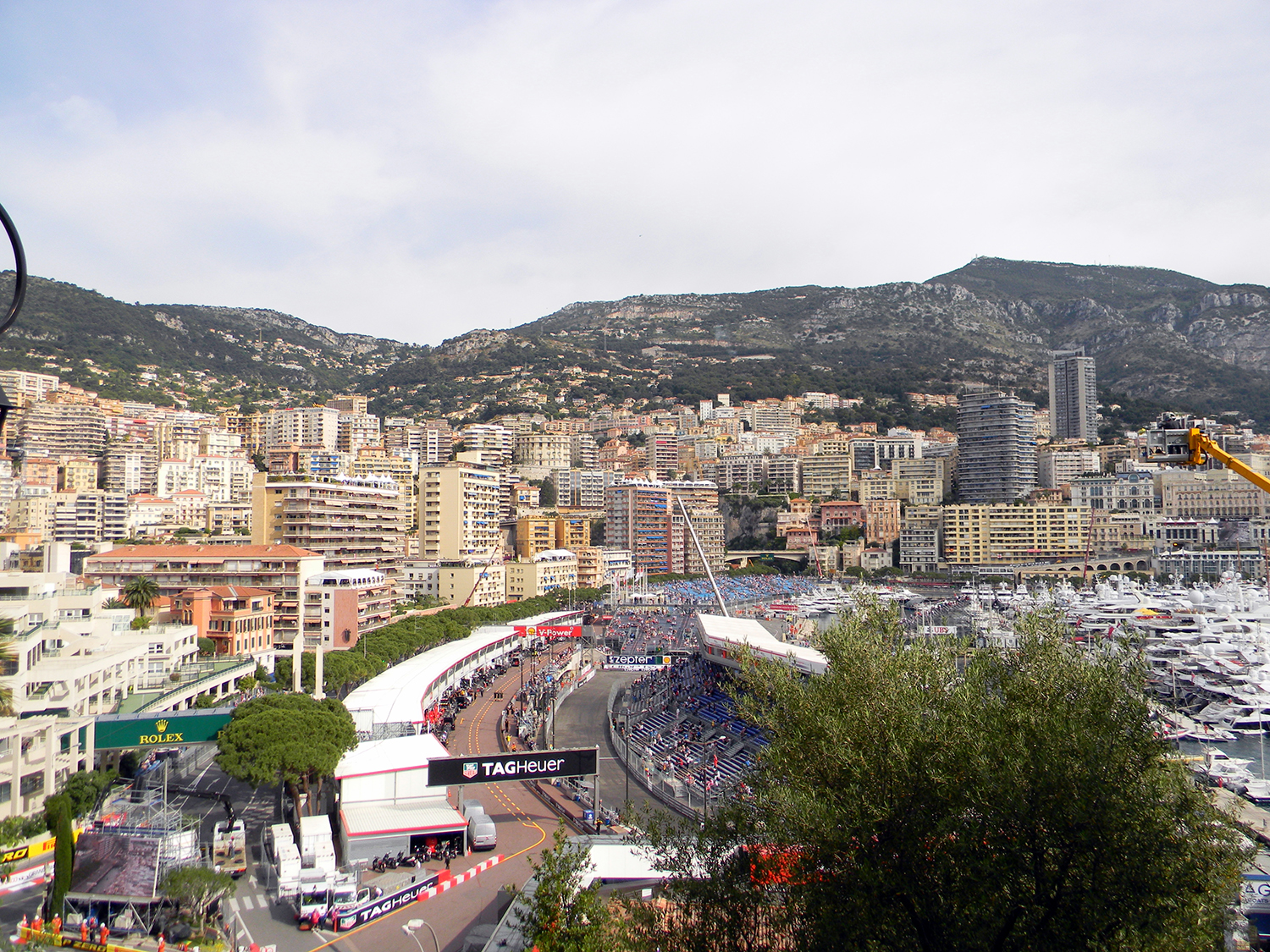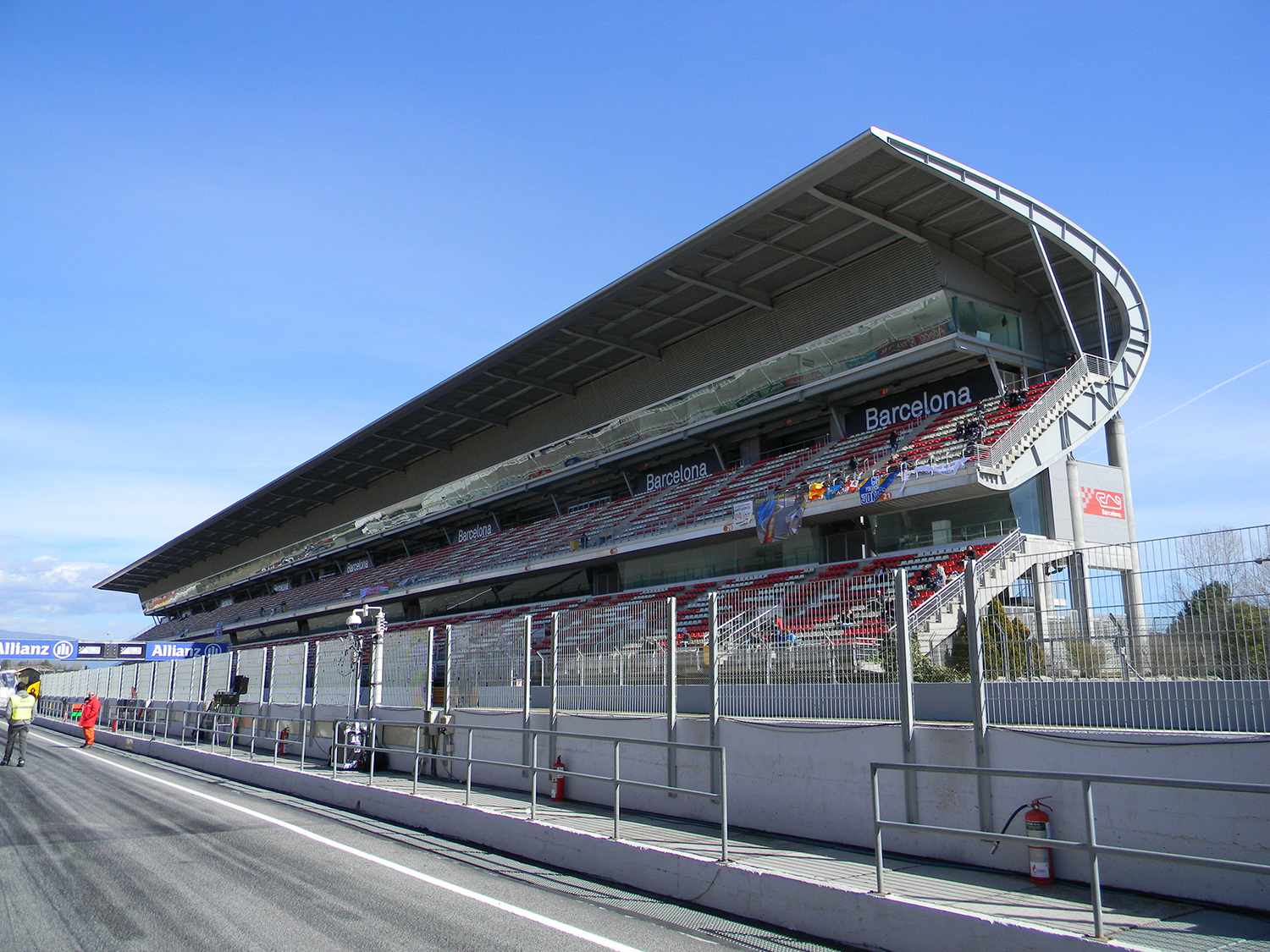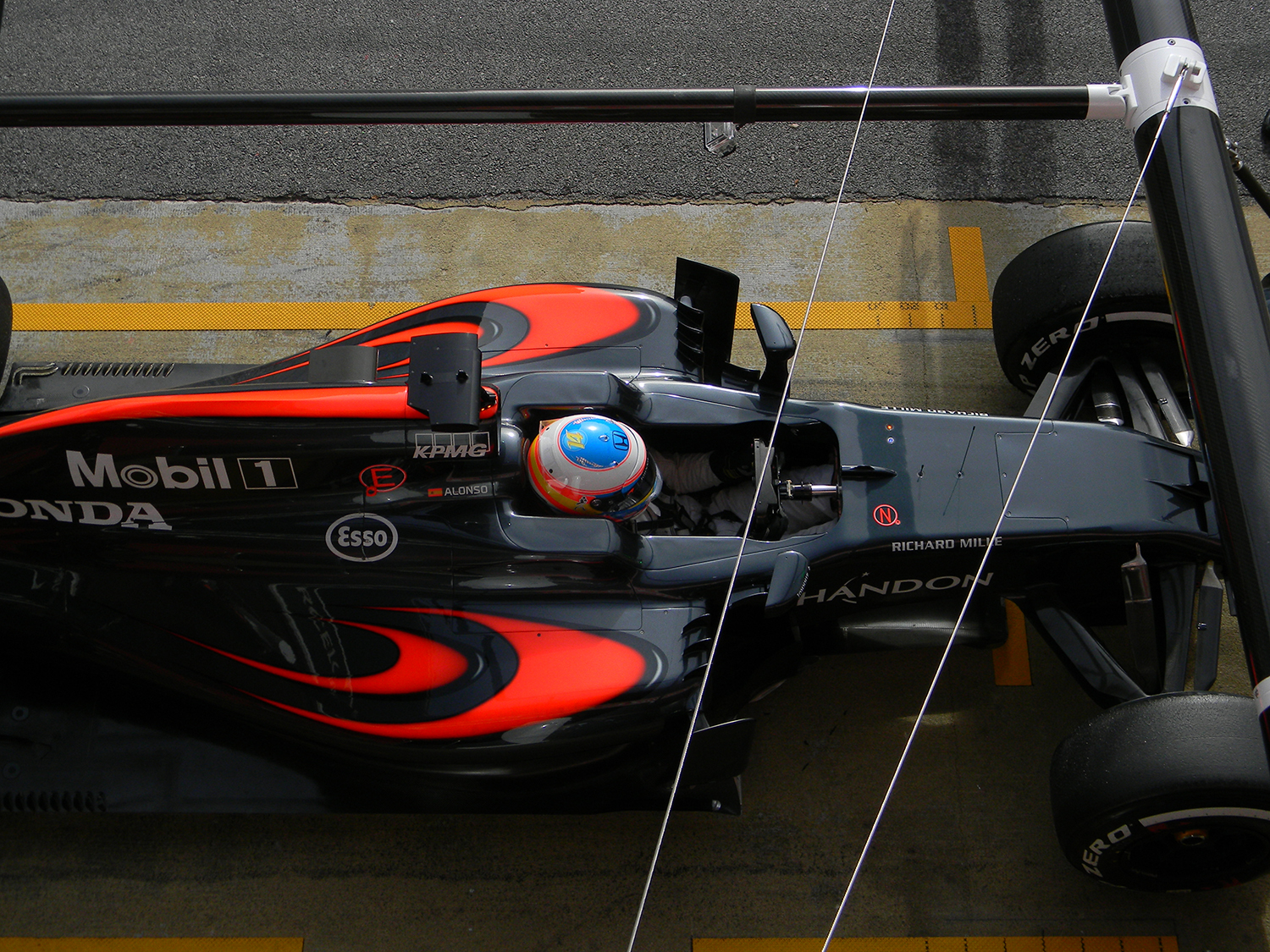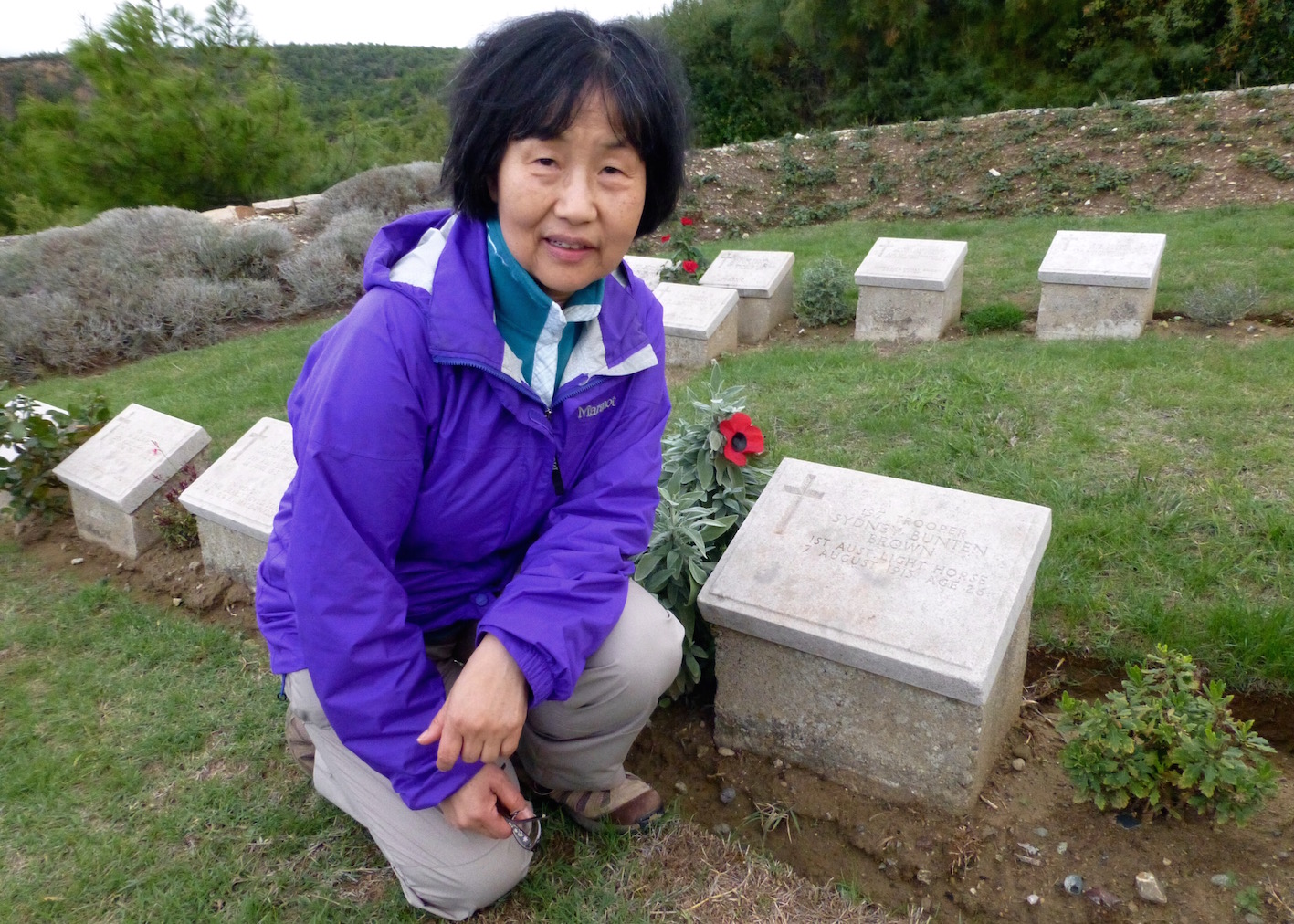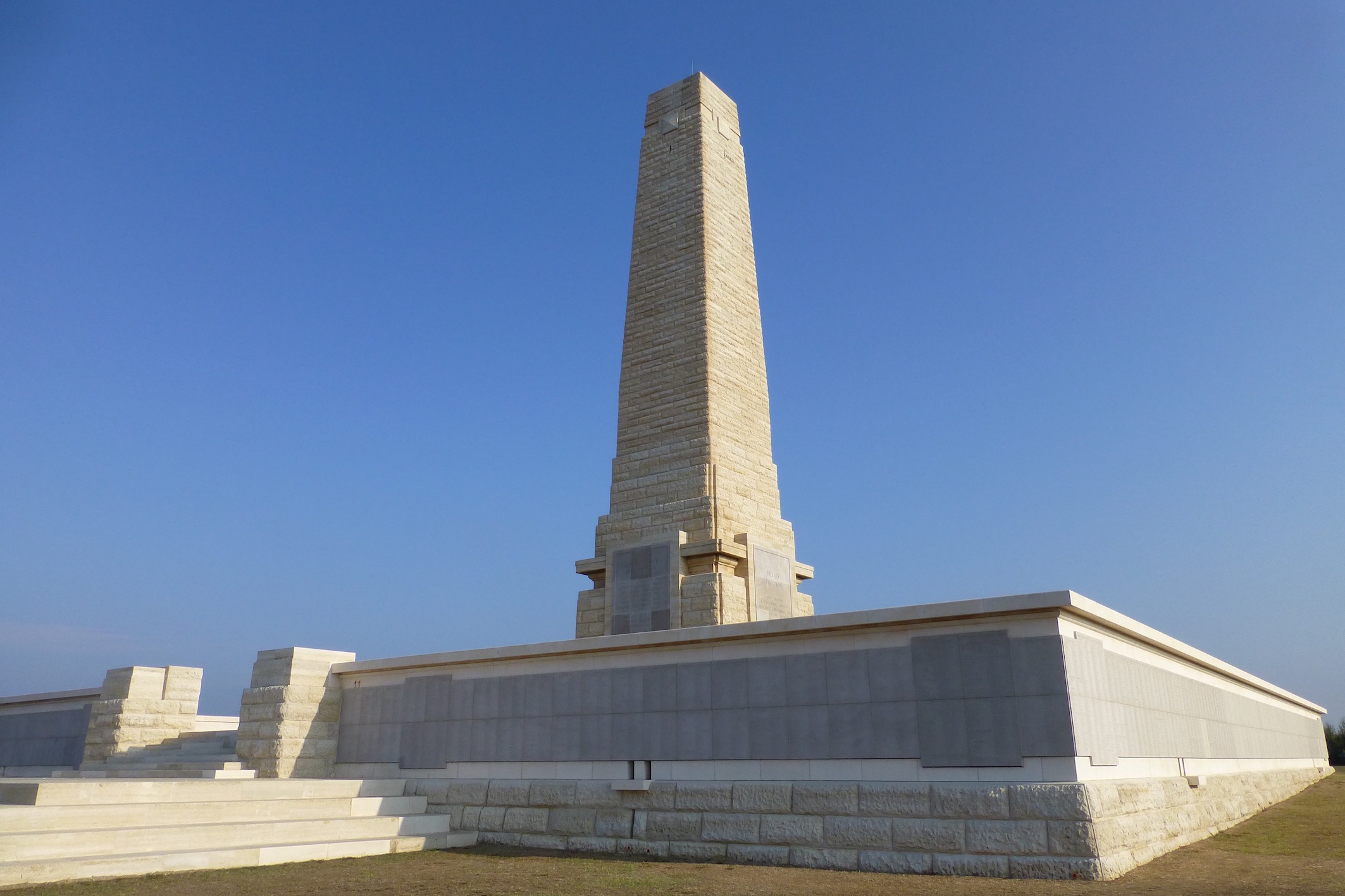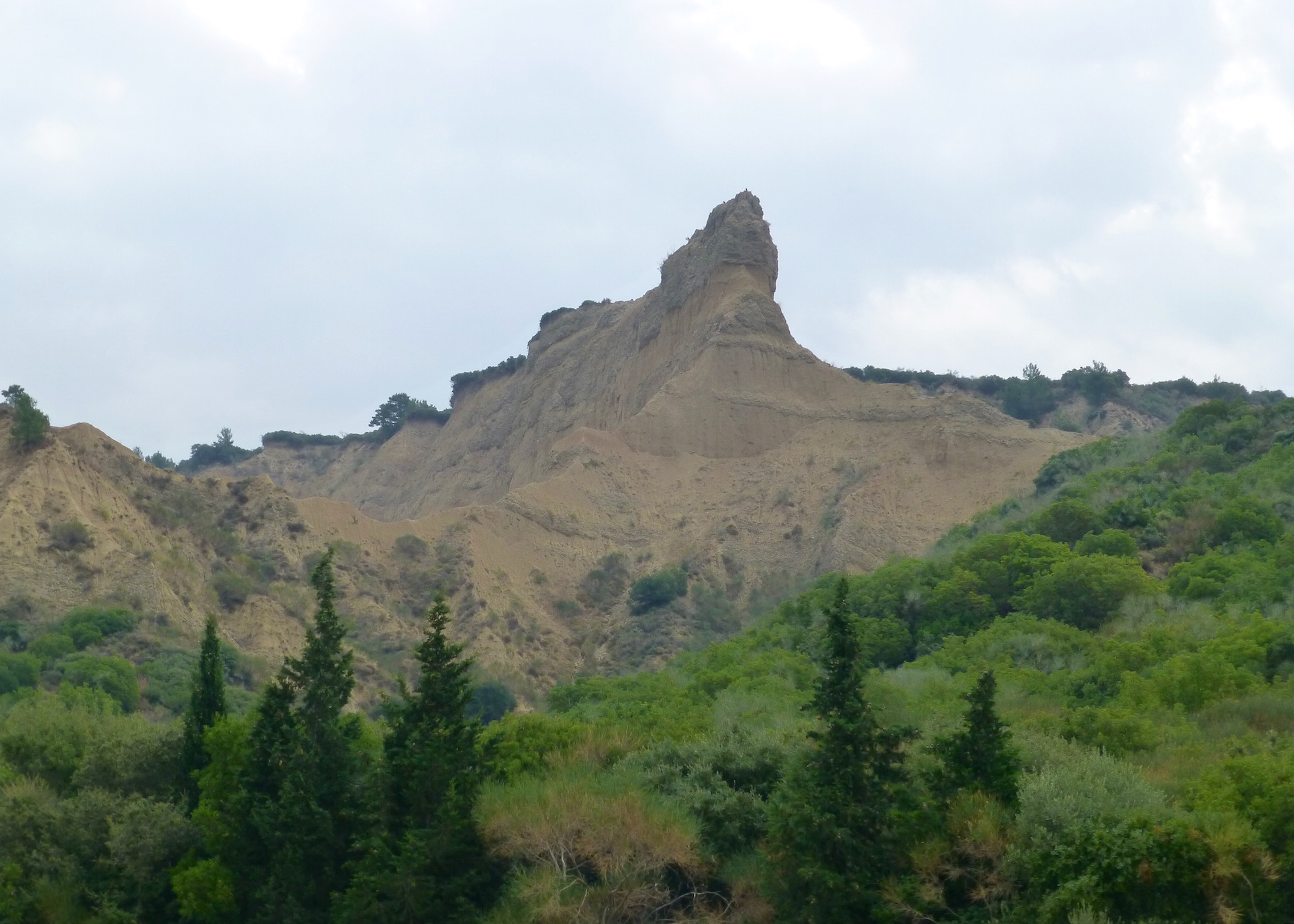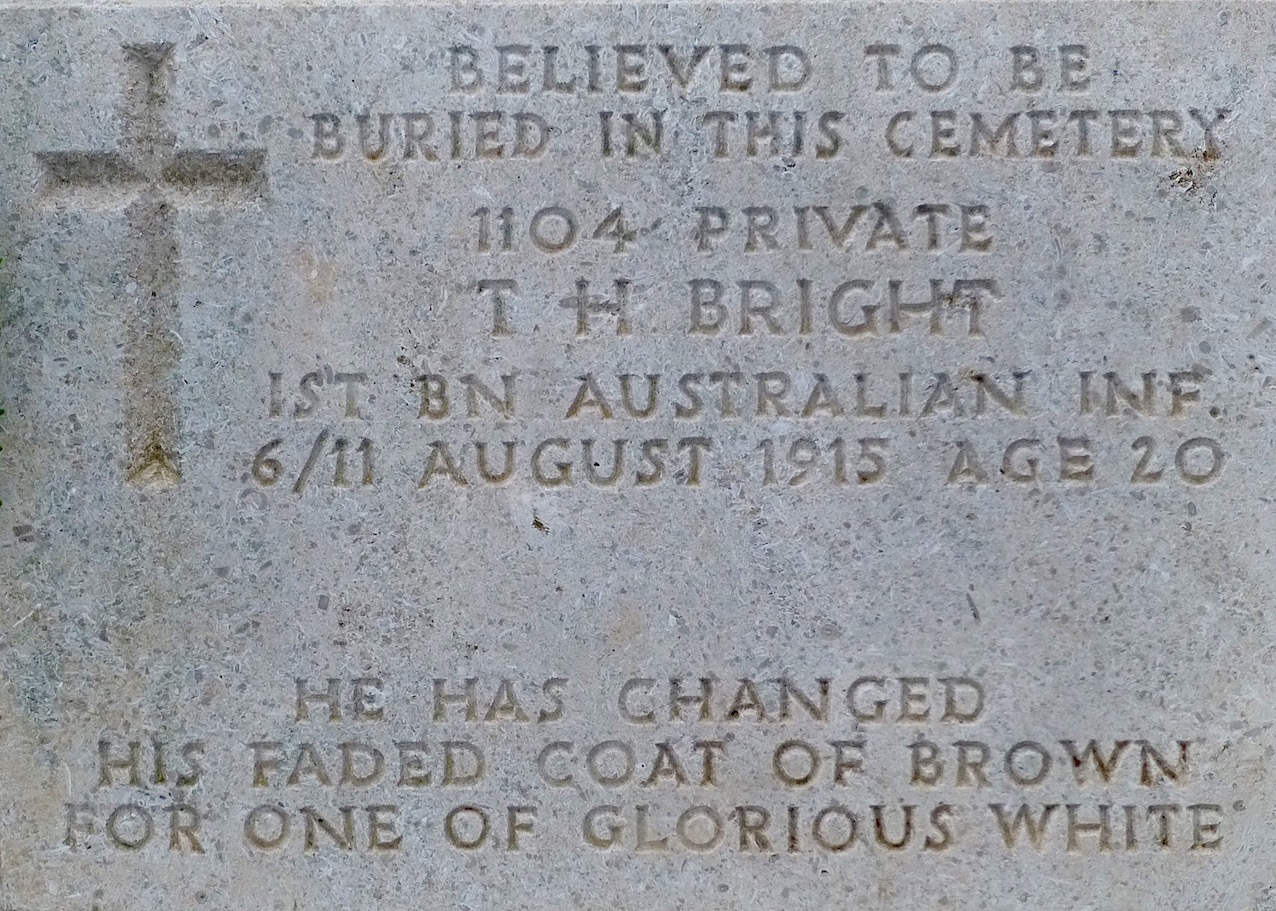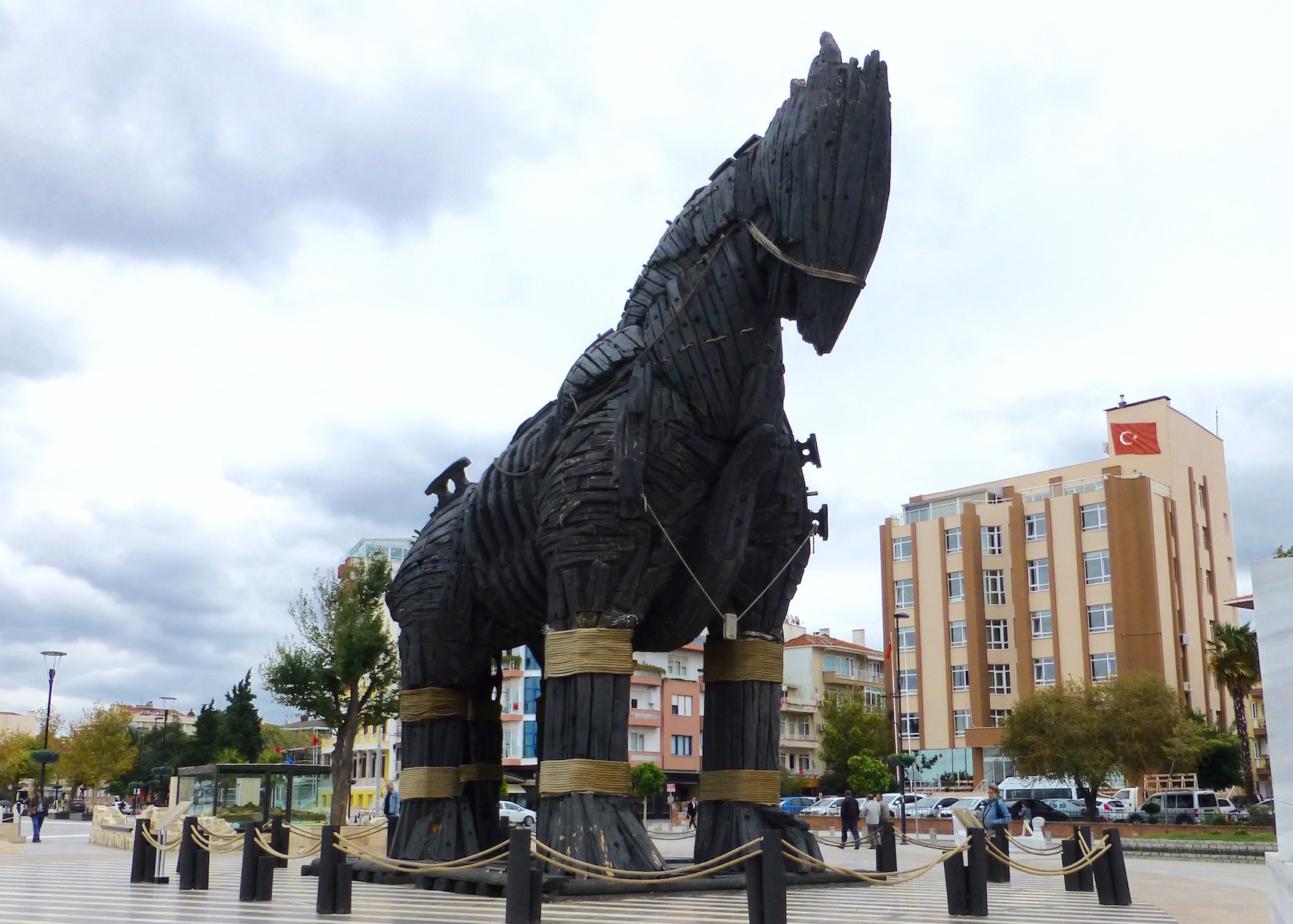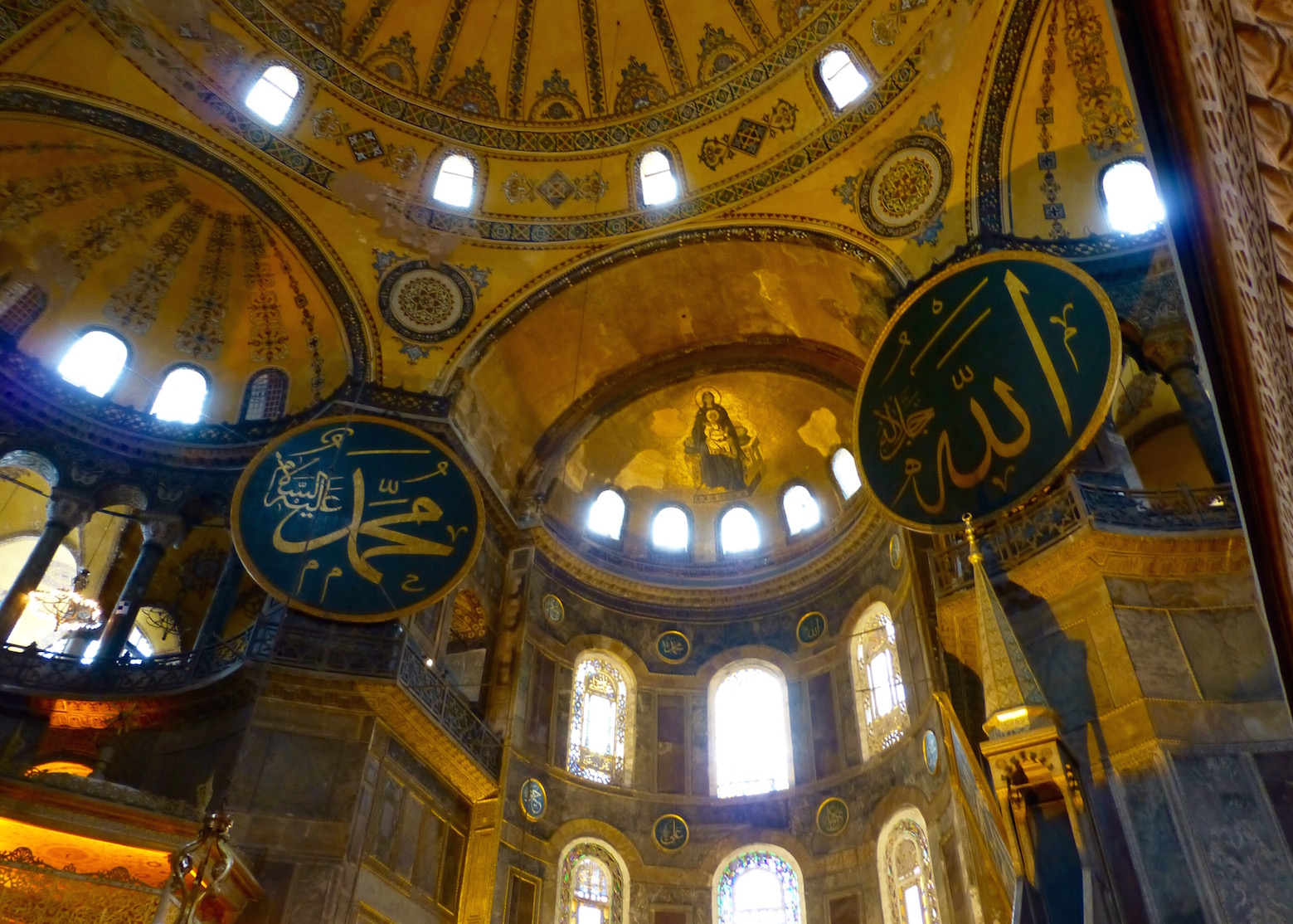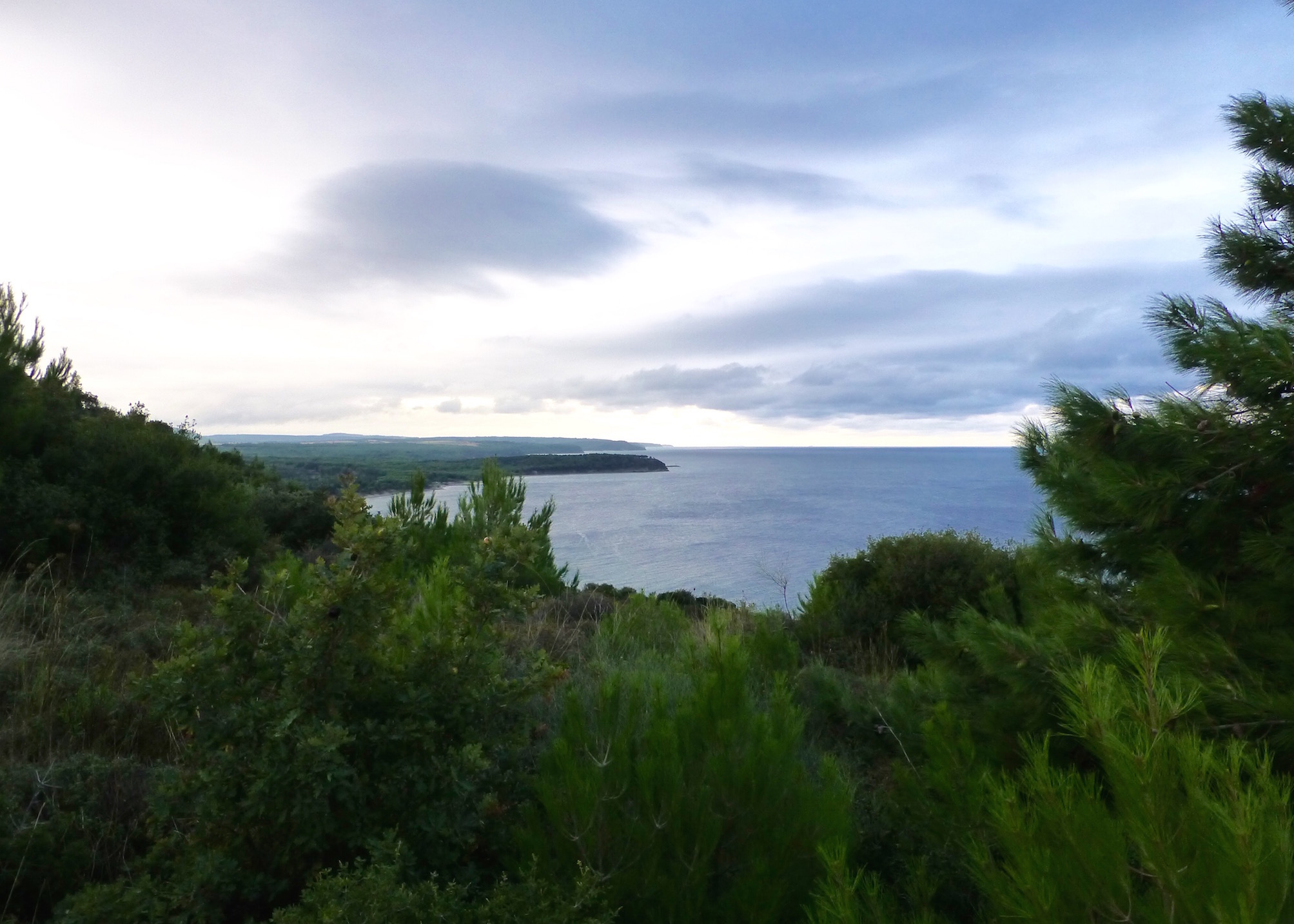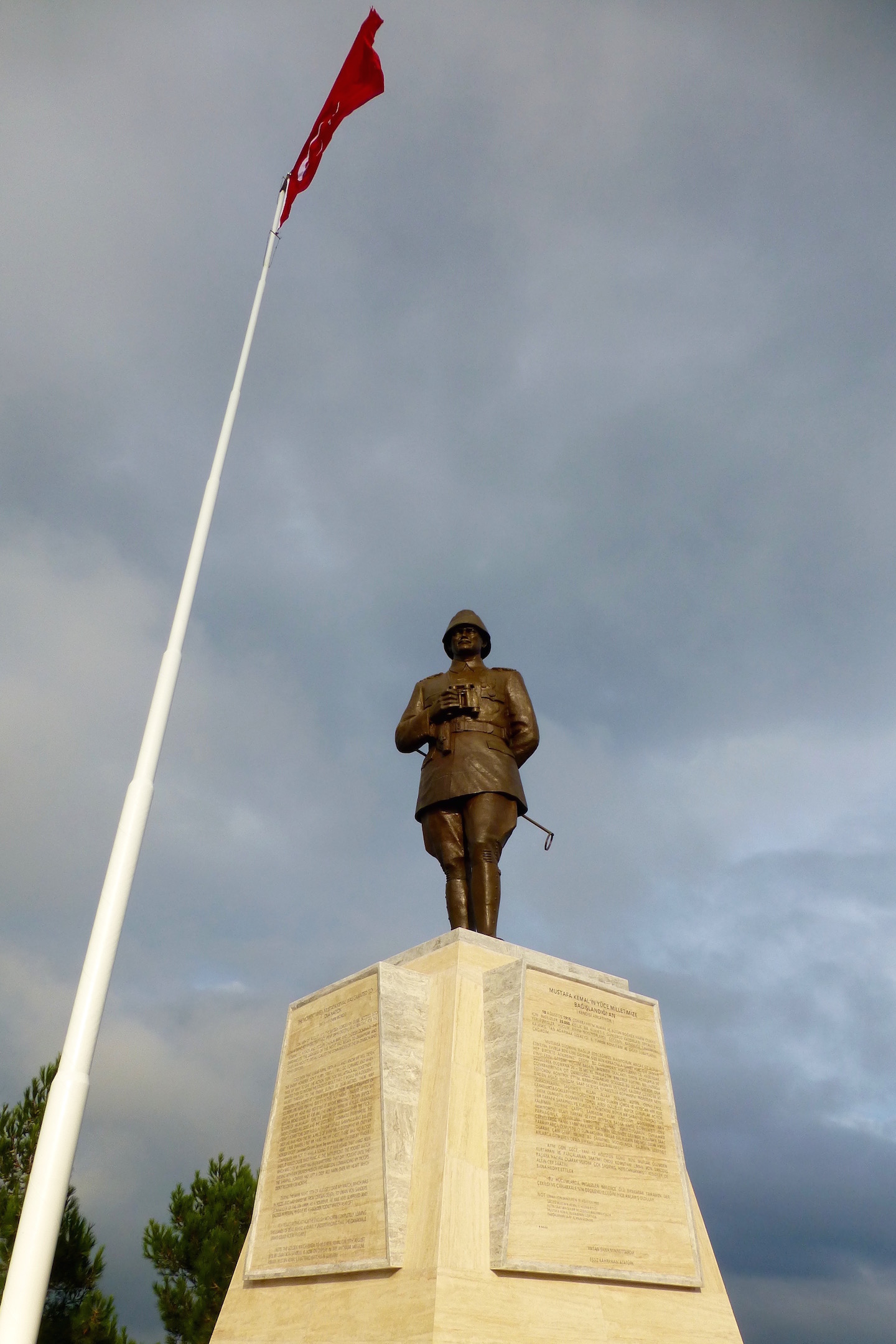Cameras and film, cassette players, and mobile phones like the old Motorola handsets – these are the types of technology that would be labelled as being ‘brick-like’ by millennials nowadays.
15 years ago (a period that almost feels like a lifetime), all of these items would have provided far too much inconvenience by taking up a large proportion of your luggage space.
But with times changing, so does technology. In a time when our phones hold everything from our most prized photographs to the means to pay for your morning coffee, we’re well and truly in a digital age and we think that’s something to embrace!
With a little help from some experts, and also some of the innovators currently looking to revolutionise the tech sector, we’ve put together this comprehensive guide to the travel gadgets that are currently available, and what’s coming to the market in the near future.
Tablets and mobile devices
Coming in a range of options – from simple eReaders to powerful miniature computers – tablets have taken the world by storm.
Eric Plam, VP of North American firm SkyRoam, which produces a wi-fi hotspot gadget, advises: “While travelling, people seek to stay connected to work via e-mail, apps, and online tools. For pleasure, they share their experiences on social media and keep in touch with family and friends at home. On the ground, travellers use tools such as Google Maps, currency converters, and translation apps to navigate new cultures and customs in a foreign country.”

For the bibliophiles travelling overseas, devices like the Amazon Kindle allow you to keep all your favourite novels, biographies and magazines at the touch of a button, reducing space taken up in suitcases of books.
It isn’t just books either. Tablets have also embraced the culture of games and apps, making dull moments a thing of the past. With tablets now available from around as little as £20, they are more accessible than ever.
For people like bloggers, social media users, or those who just want to stay in touch with family and friends using their tablet and mobile devices, additional products from the likes of Skyroam help people to stay online across the world.
Plam continues: “The internet is changing the way people travel and work, and connectivity is emerging as king. With the explosion of travel apps and technology for planning and more, staying online on the road has evolved from a “want” to an actual “need.”
According to an infographic from Tnooz, 82.6% of leisure travellers use their smartphones all the time on vacation, and 88% of leisure travellers identify their smartphones as the top must-have device while on vacation. Those numbers tell a story about how many people want to stay online on the move!”
Portable battery chargers
Keeping your devices charged whilst you’re away can be a difficult task, especially when you’re travelling for long hours or spending a lot of time sightseeing.
Although our lucky Luxuria passengers have charging spots for their devices, there are handy little gadgets that can keep you charged if you’re heading out in alternative transport.

Portable battery chargers are a useful device to have with you just in case your camera batteries go flat or your phone needs a boost. All you need is a USB connector (if the attachment isn’t already included) and you will have all the power at your finger-tips… again.
Fitness trackers
New cultures and cuisines can play havoc on our diets when we’re on holiday, but one thing you may not realise, especially on an escorted tour, is just how much more active you may be.
Fitness trackers are all the rage and they can be helpful in so many ways. Whether they’re a feature of your smartphone or you’ve invested in the wearable type, they will tell you just how much exercise while you’re casually walking through the incredible cities in Europe or out on one of our incredible walking tours.

© Fitbit.com
From how many steps you have taken to how many calories you have burned, a fitness tracker is one piece of technology whose good health we can certainly toast.
Bluesmart suitcase
Hot in the press in 2016, the Bluesmart suitcase really has packed everything you need, want and possibly never even thought of, all into a rather sleek-looking carry-on.
As a rather pricey investment, $449 to be precise, you’d expect something special and, if you’re into your gadgets, it certainly won’t disappoint.

Source: © Bluesmart.com
So what is so special about this suitcase, we hear you ask? Well, it locks digitally using the corresponding app, and has location tracking, so you’ll always know where your belongings are; it will even let you know if you’ve left it behind.
Not only that, it has a built-in digital scale to see just exactly how much you’ve packed, and can let you know your planned itinerary and update you with essential information through your smartphone (which you can keep charged up with its in-built USB chargers). Impressive, right?
Smart cameras
If you’re an avid photographer, or just enjoy taking your point-and-shoot holiday snaps, did you know you can now pick up a camera with Wi-Fi? And, paired with a Wi-Fi SD card like Mobi’s Eyefi, you will save all the hassle of importing your photos to another device.
Whether it’s your smartphone, Mac or PC, your photos will appear instantly on your other devices so you can use your best snaps to bring out that holiday envy on  Facebook and beyond.
Facebook and beyond.
And cameras aren’t just stopping there. With imagery for social media becoming more significant, companies have now developed cameras that can take pictures and video in 360-degree fields, such as this one from Giroptic, to ensure that none of the action is missed around you.
Michael Ty, an expert in 360 degree cameras, advises: “One of these cameras can capture a 360-degree view around the photographer, which makes it an ideal camera for travel. They also play into the popularity of virtual reality.”
©Eyefi.com
Jet lag and insomnia-curing tech
You may have seen in our top tips for getting an air holiday off to a flying start that regulating your circadian rhythm is a great way to avoid jet lag. We suggested taking an eye mask and ear plugs, but now companies are using technology to fight the strain of long journeys.
Retailing at £149, Re-timer Light Therapy Glasses naturally adjust your sleeping habits by taking advantage of light therapy, using a greeny-blue glow to change the hours or length of time you sleep.

©Re-timer.com
Just 30 minutes per day will regulate your sleeping pattern to make sure you’re bright-eyed and bushy-tailed in order to really make the most out of your holiday.
Meanwhile, Finnish company Valkee Oy has created a light-therapy product called HumanCharger, which works by shining UV-free blue-enchrined white light throughout the ear canal to the light-sensitive part of the brain. They claim, following a study, that the product helps to cut jet lag down by half.
Marketing Manager Johanna Flyktman tells us: “Technology to travellers nowadays is very important. High tech gadgets are everywhere, and travellers are looking for more comfort and entertainment during travels. The world has become a much smaller place than 100 years ago, because of travel.
“There are so many people in the world who suffer with jet lag. For example, athletes travel a lot and they need to be in shape as soon as possible when they arrived at their destination. Beating jet lag couldn’t be easier!”
Selfie stick
A selfie may be thought of as a fad of the younger generation, but travellers’ struggle for the perfect snap has certainly been made easier since the invention of the Selfie Stick. Whilst they’re not the ‘coolest’ gadget on the planet, we think they’re great.
Remember the times you’ve taken it in turns to get a picture of yourself at an iconic landmark? Or even had to ask a stranger to take a photo for you?
With a Selfie Stick, you can simply pop your camera on an extendable pole, and through the power of Bluetooth, you’ve can capture the perfect picture with no one left out and no building cropped off.
Plus, if you’re really not into walking around with the Selfie Stick, they retract into the small handle, and are perfectly shaped to slip in and out of your bag when needed.
As we all know, technology moves fast, and next year there will surely be a whole host of new gadgets and gizmos on the market. Is there a piece of technology you swear by or something you now fancy giving a try? Let us know in the comments.

